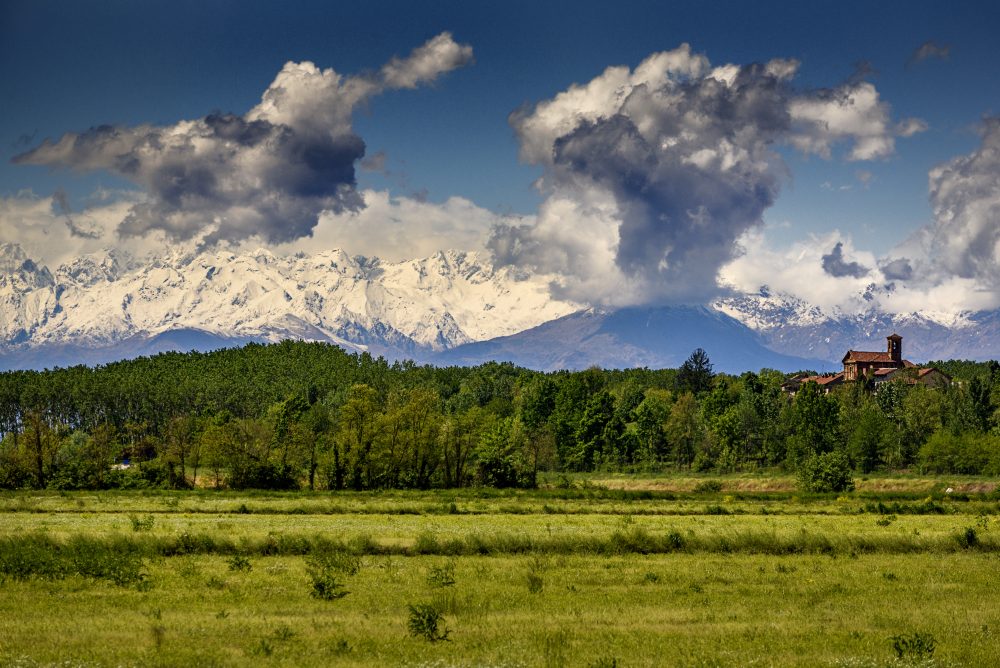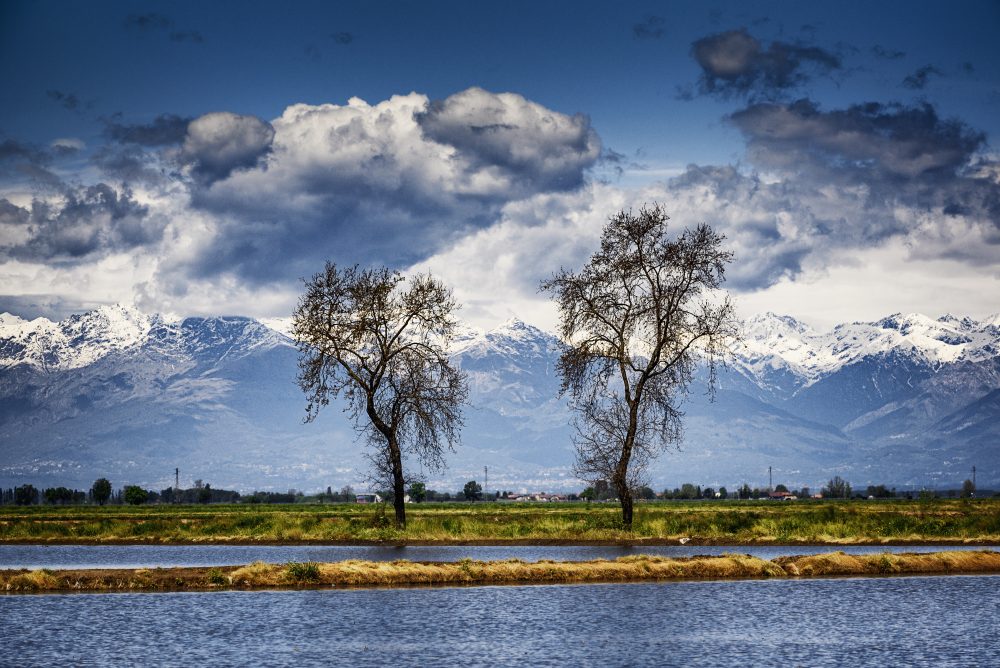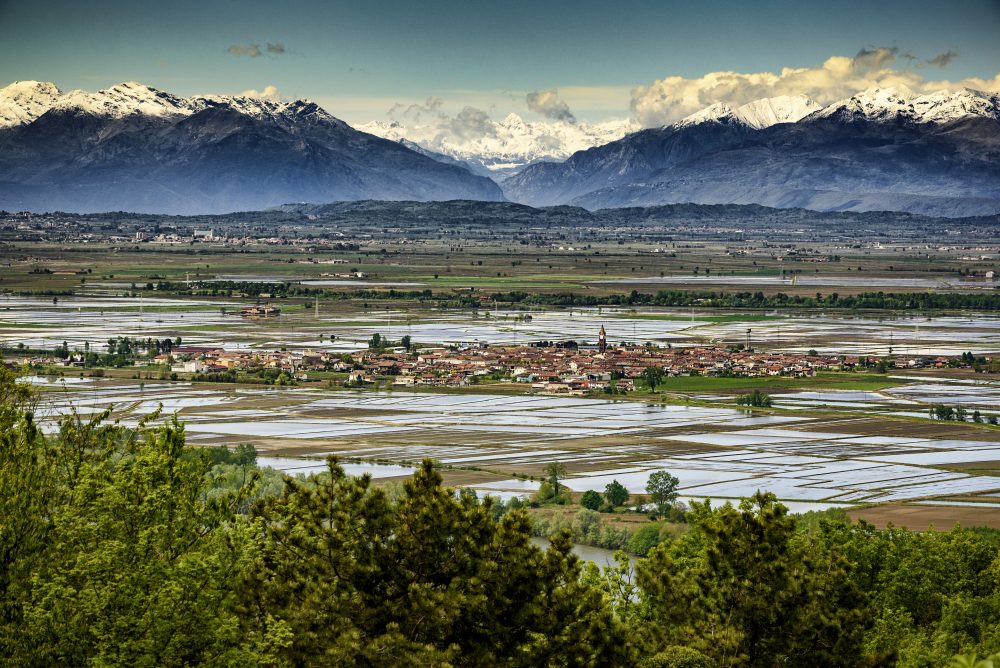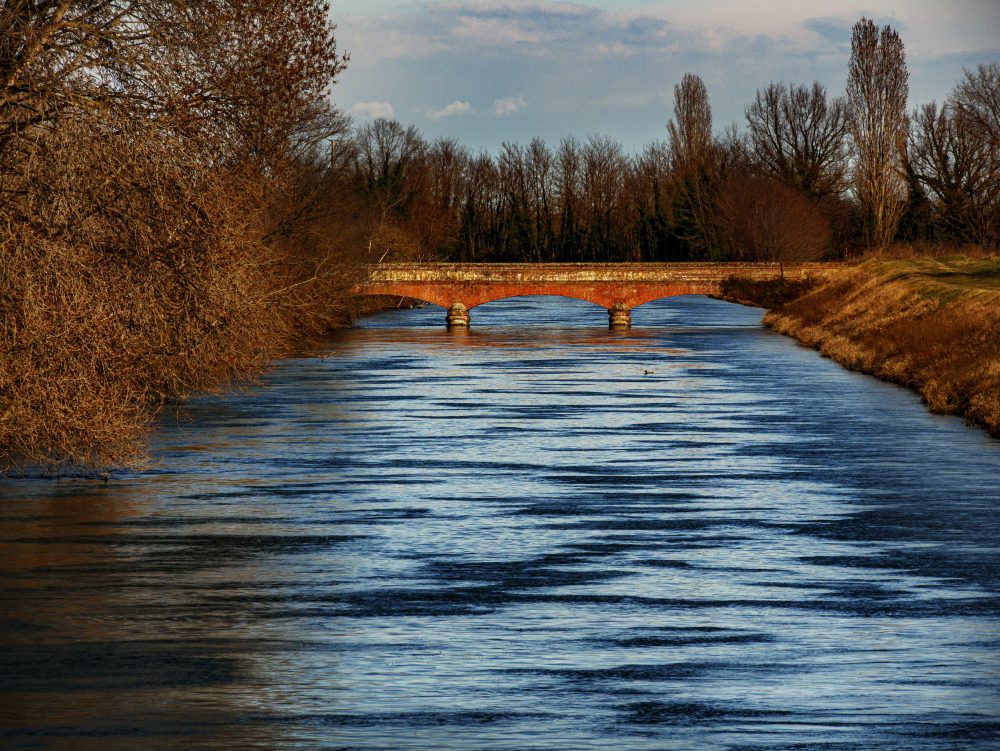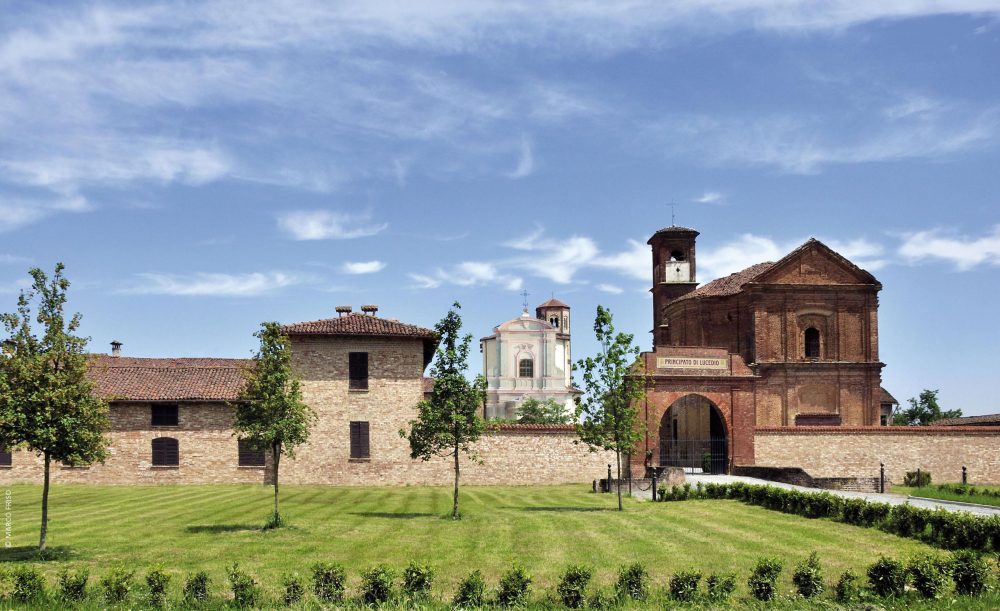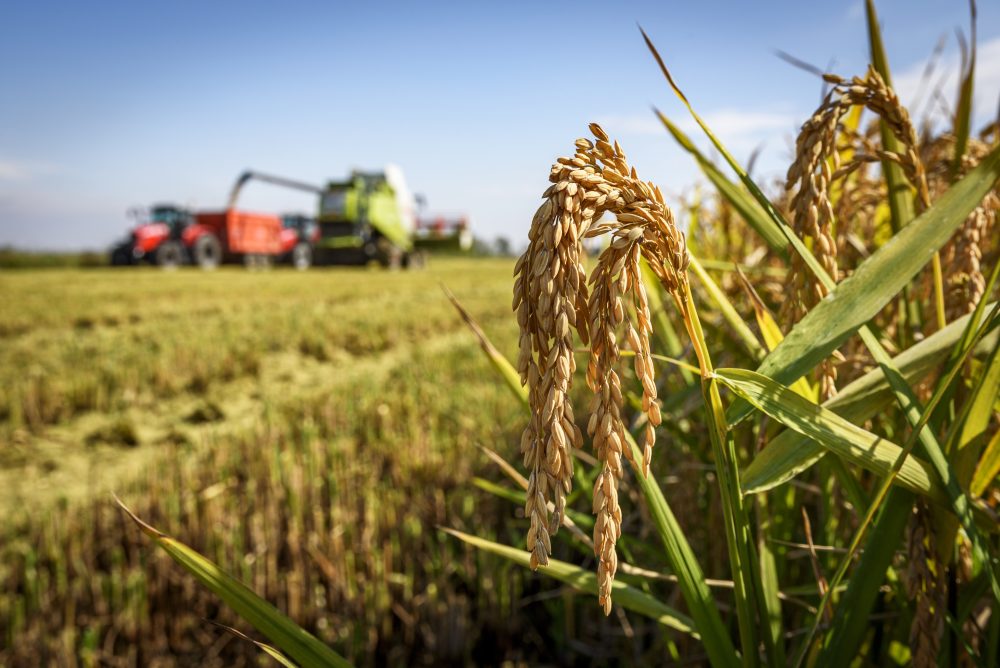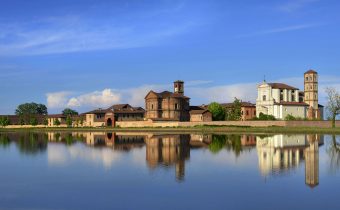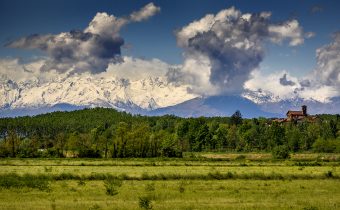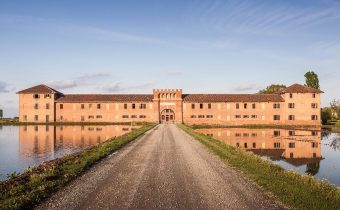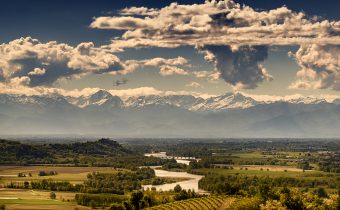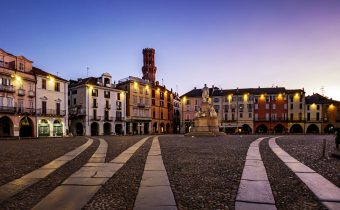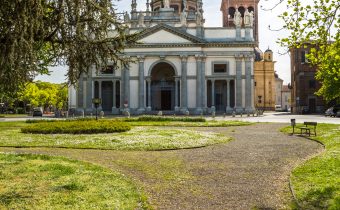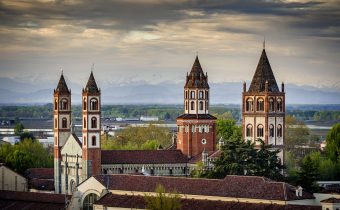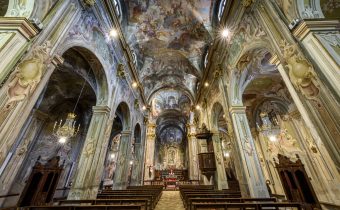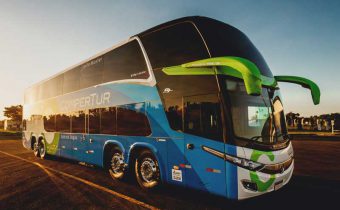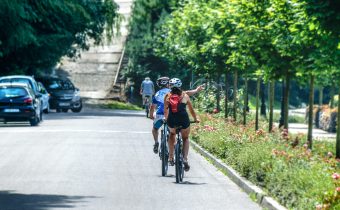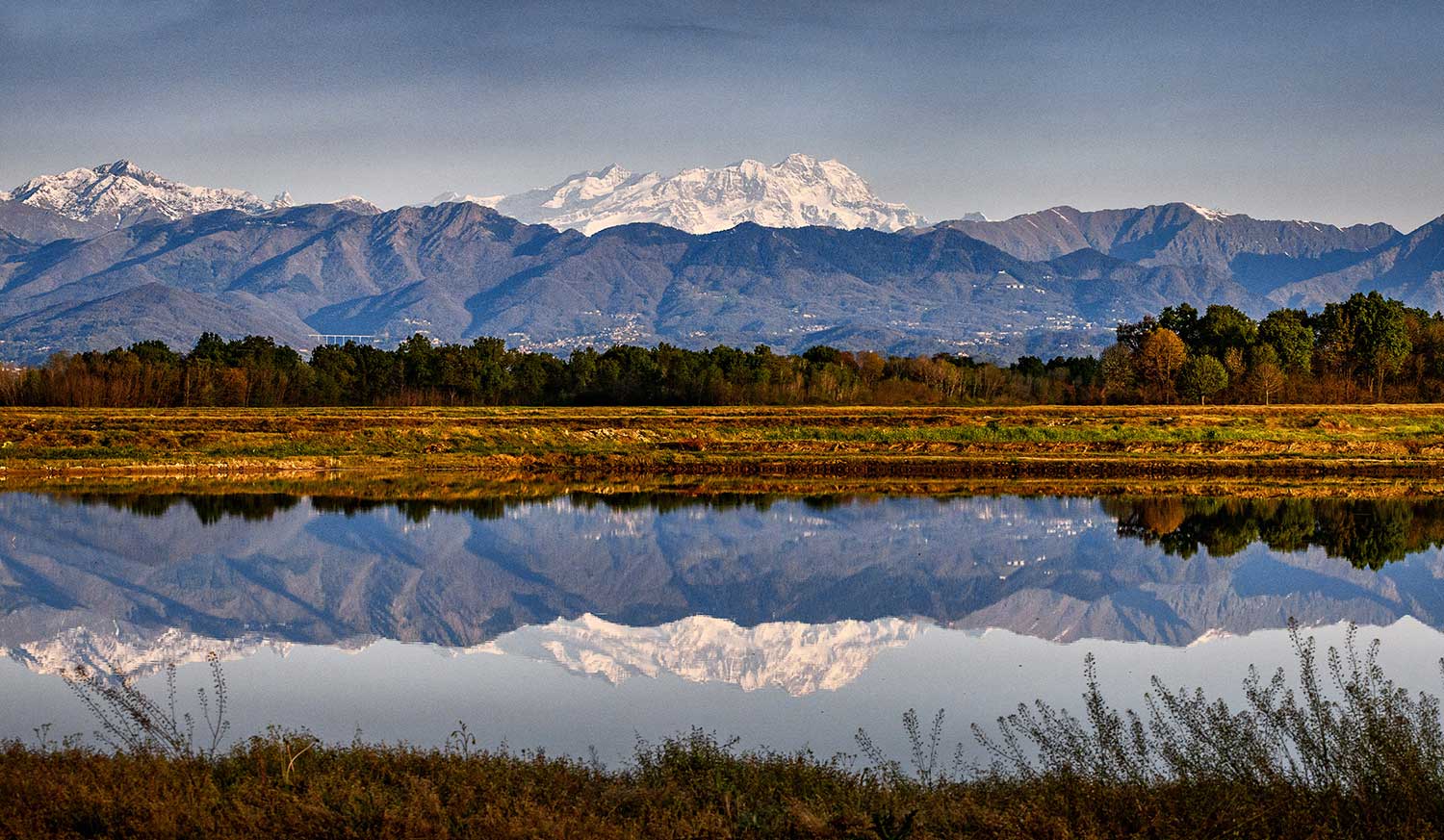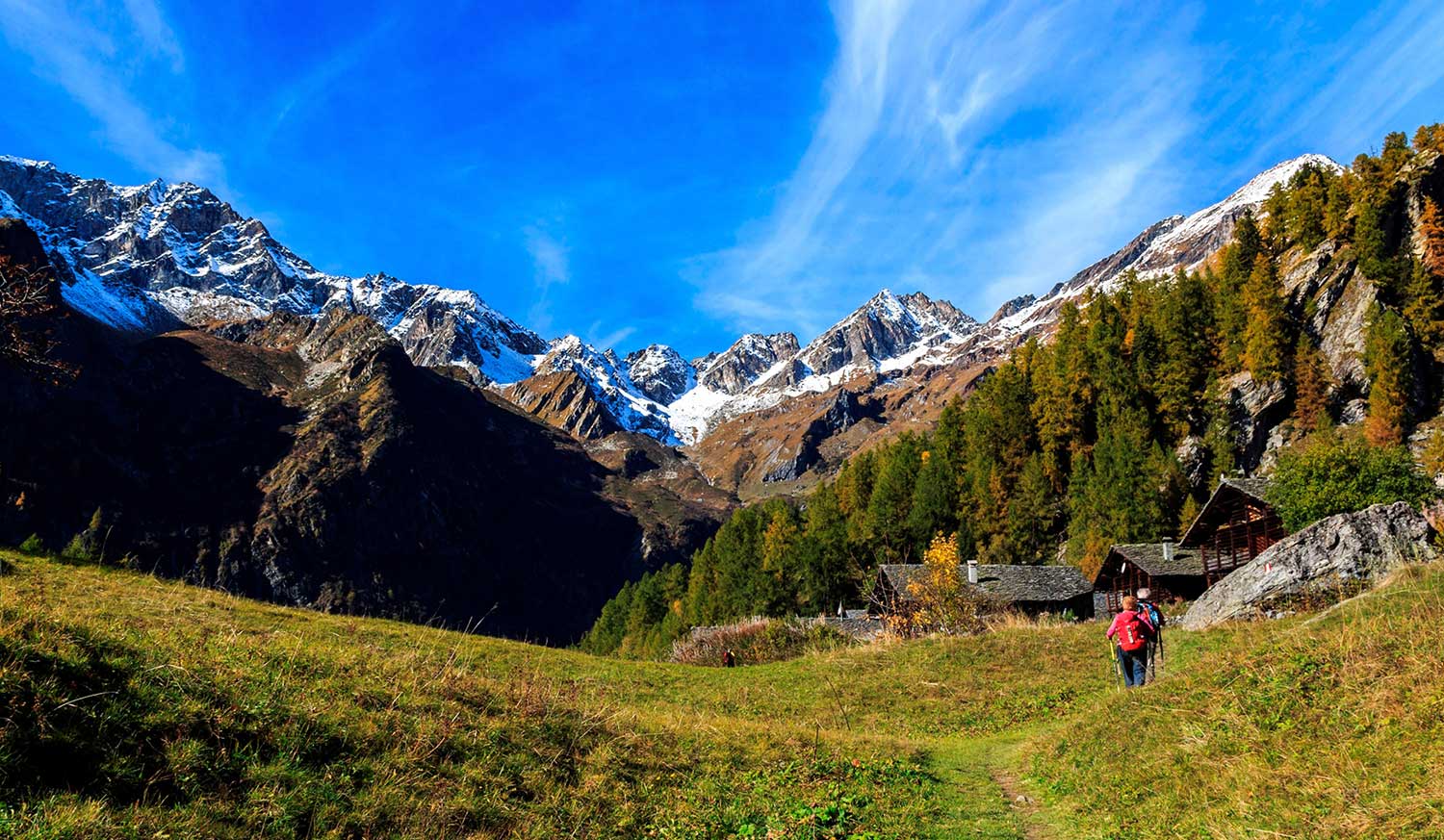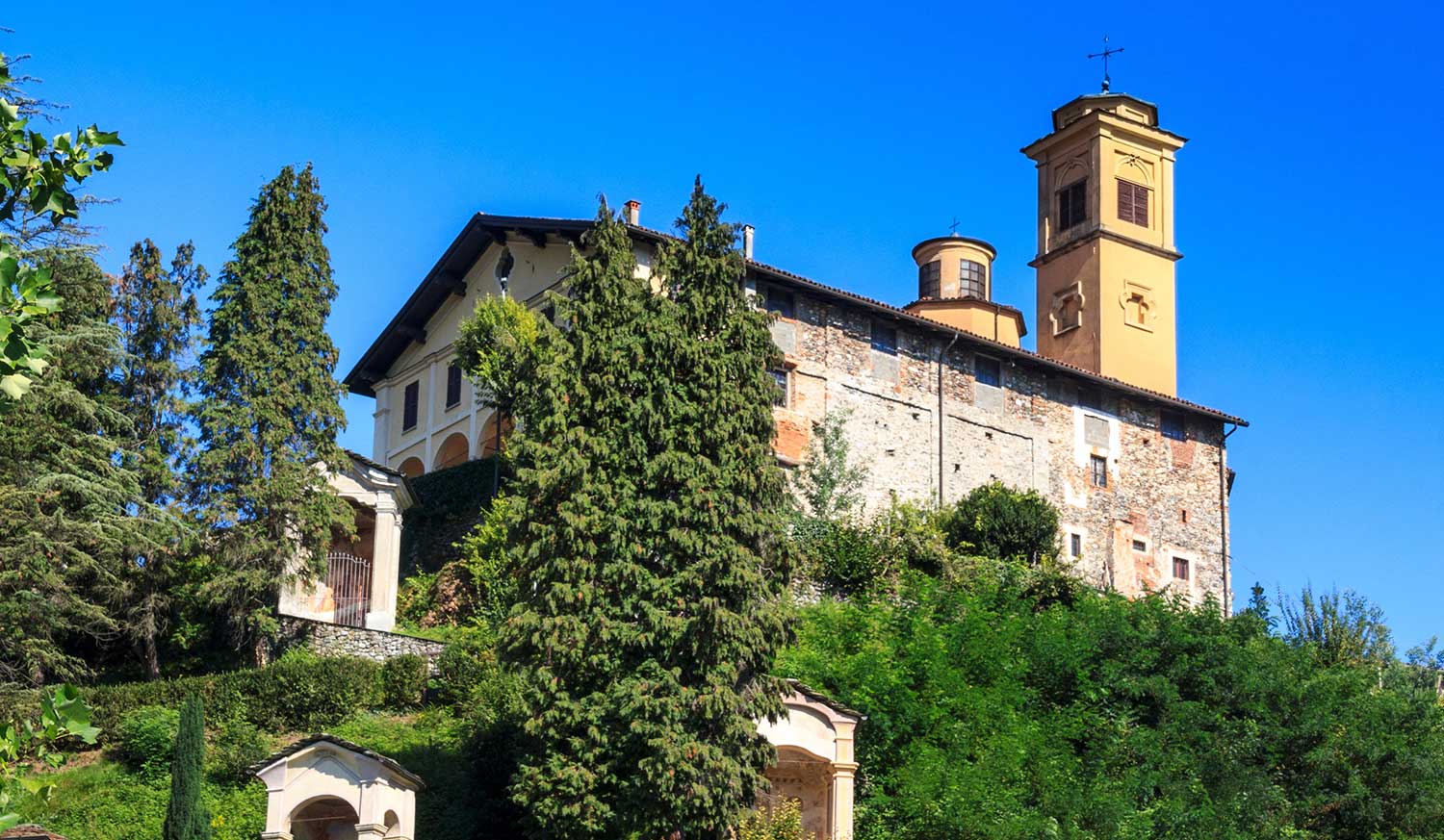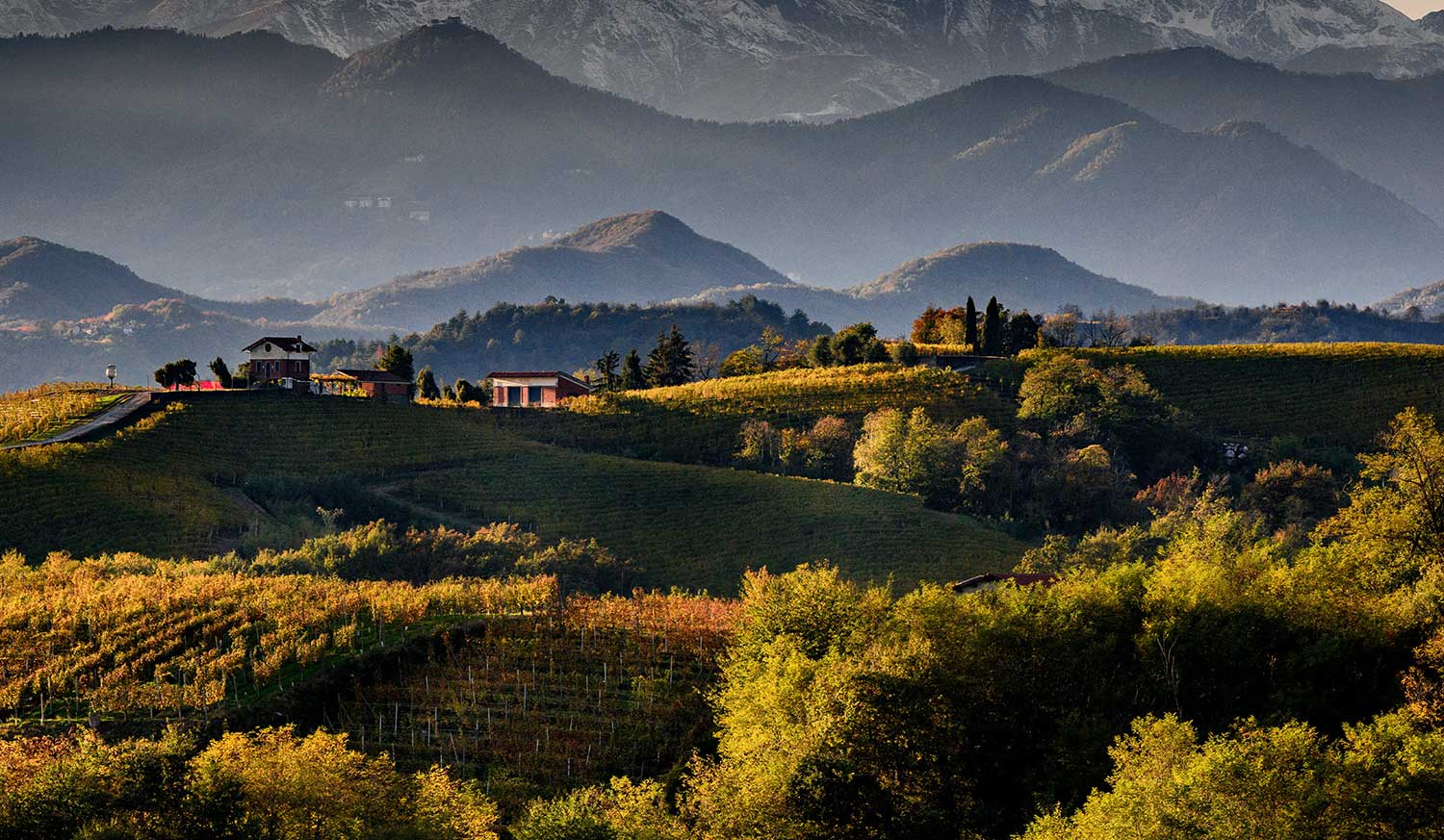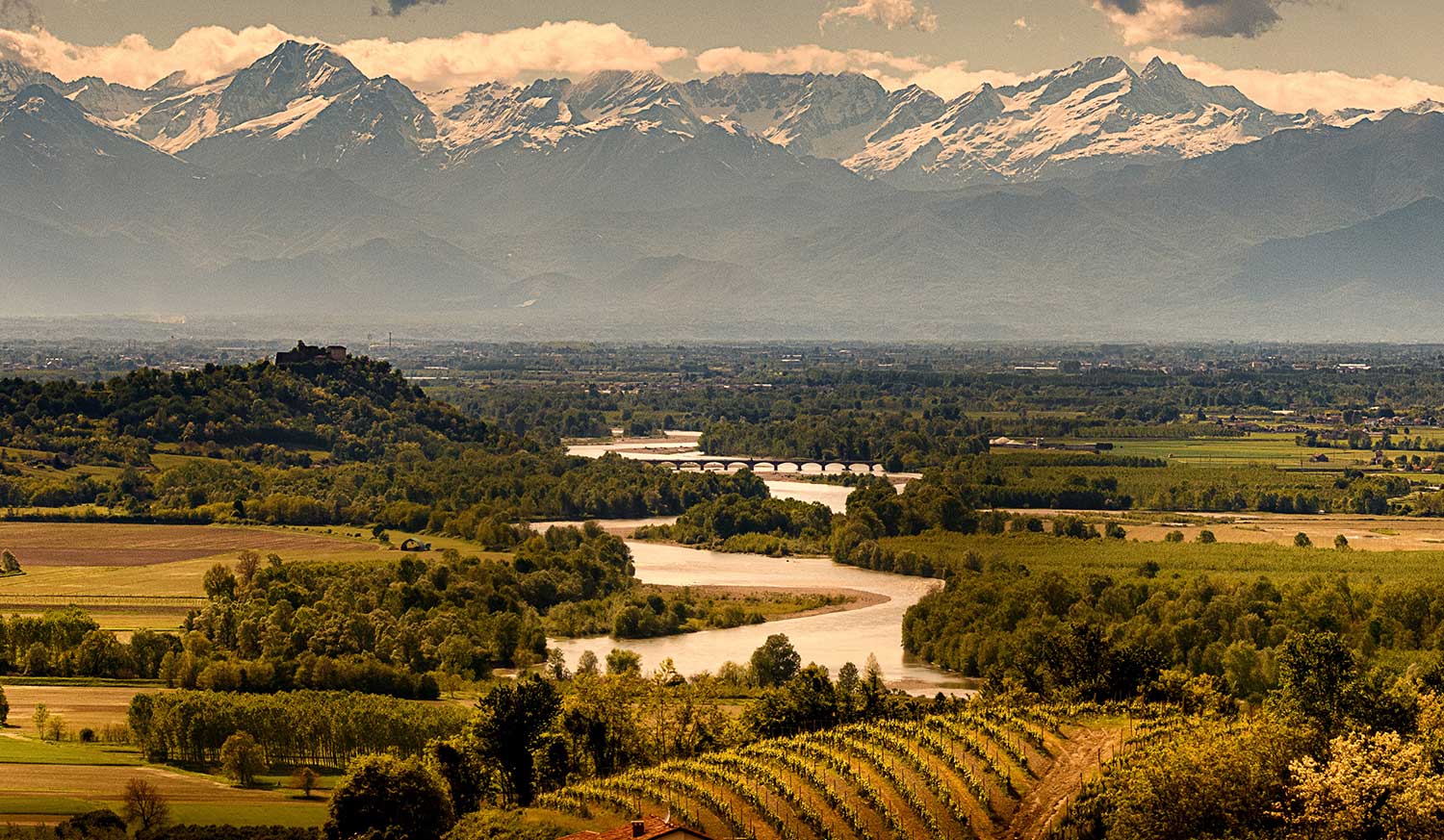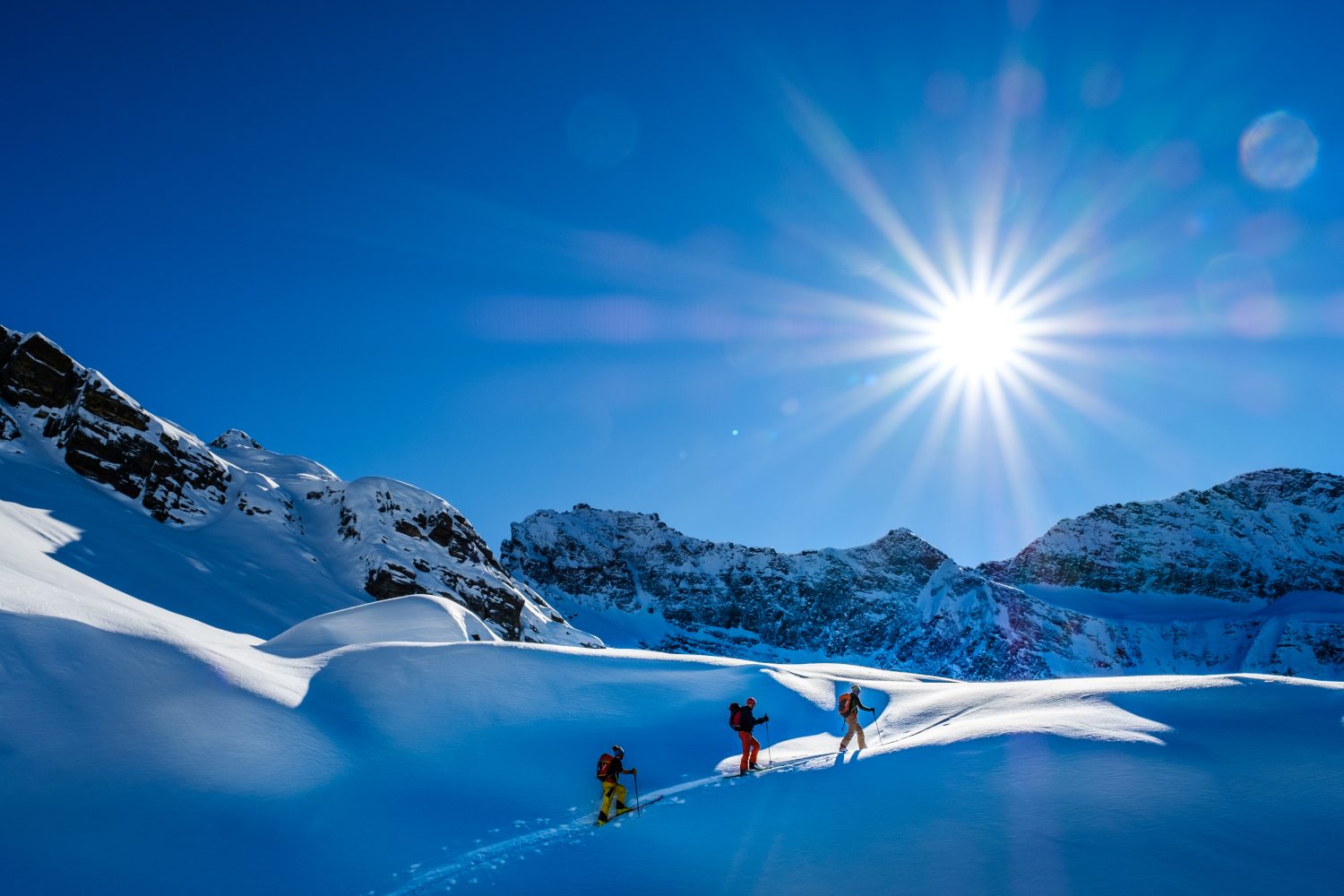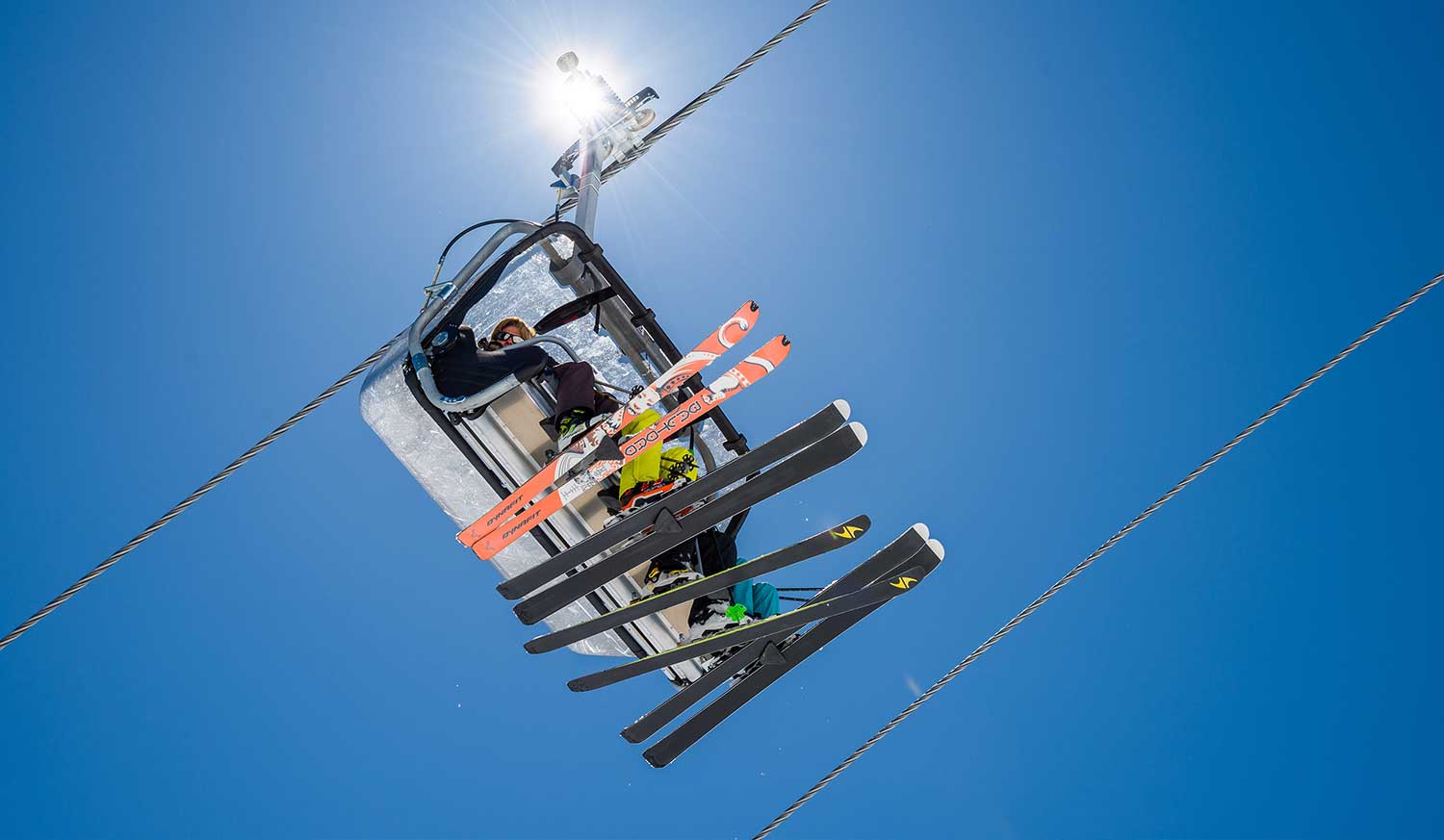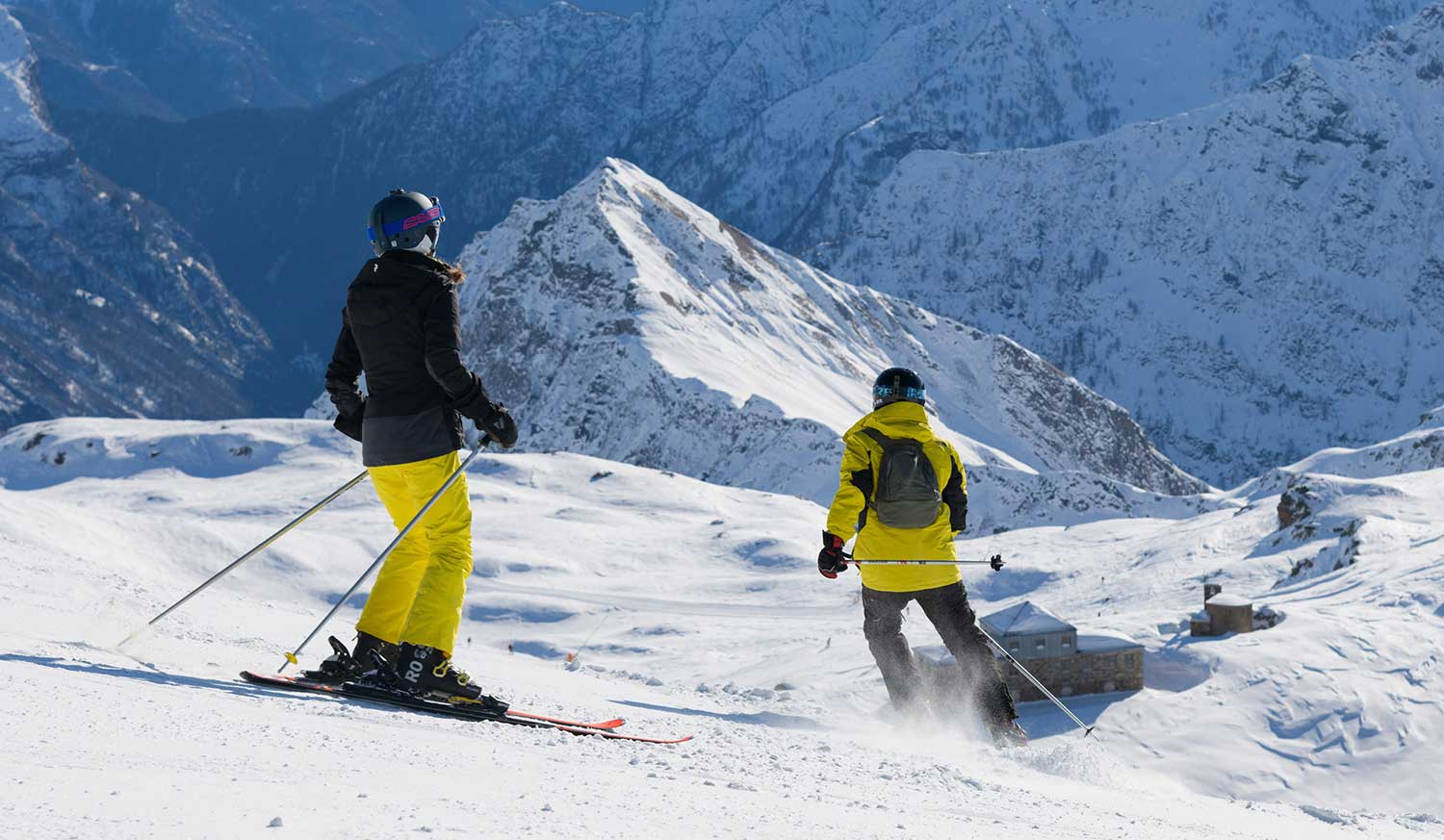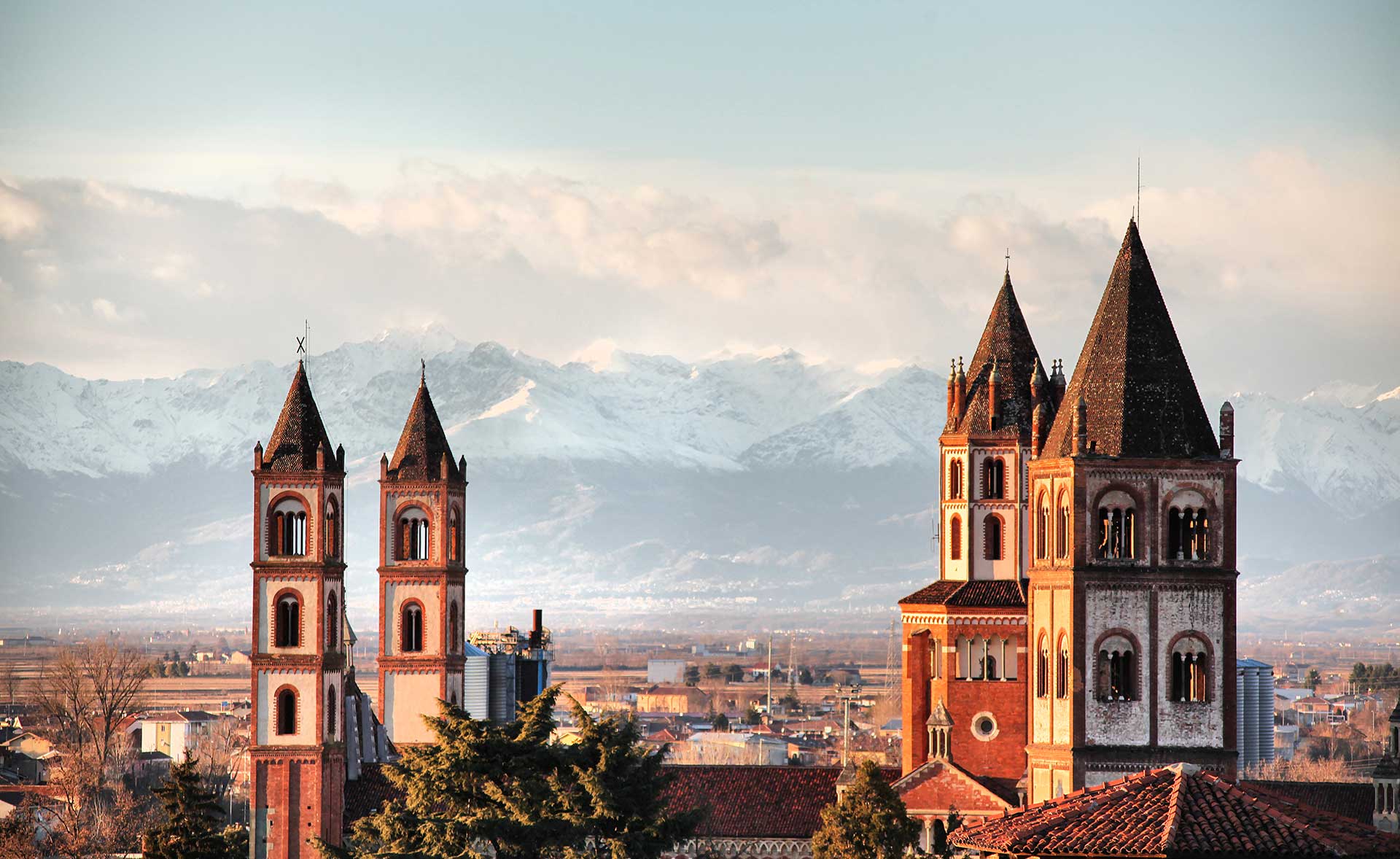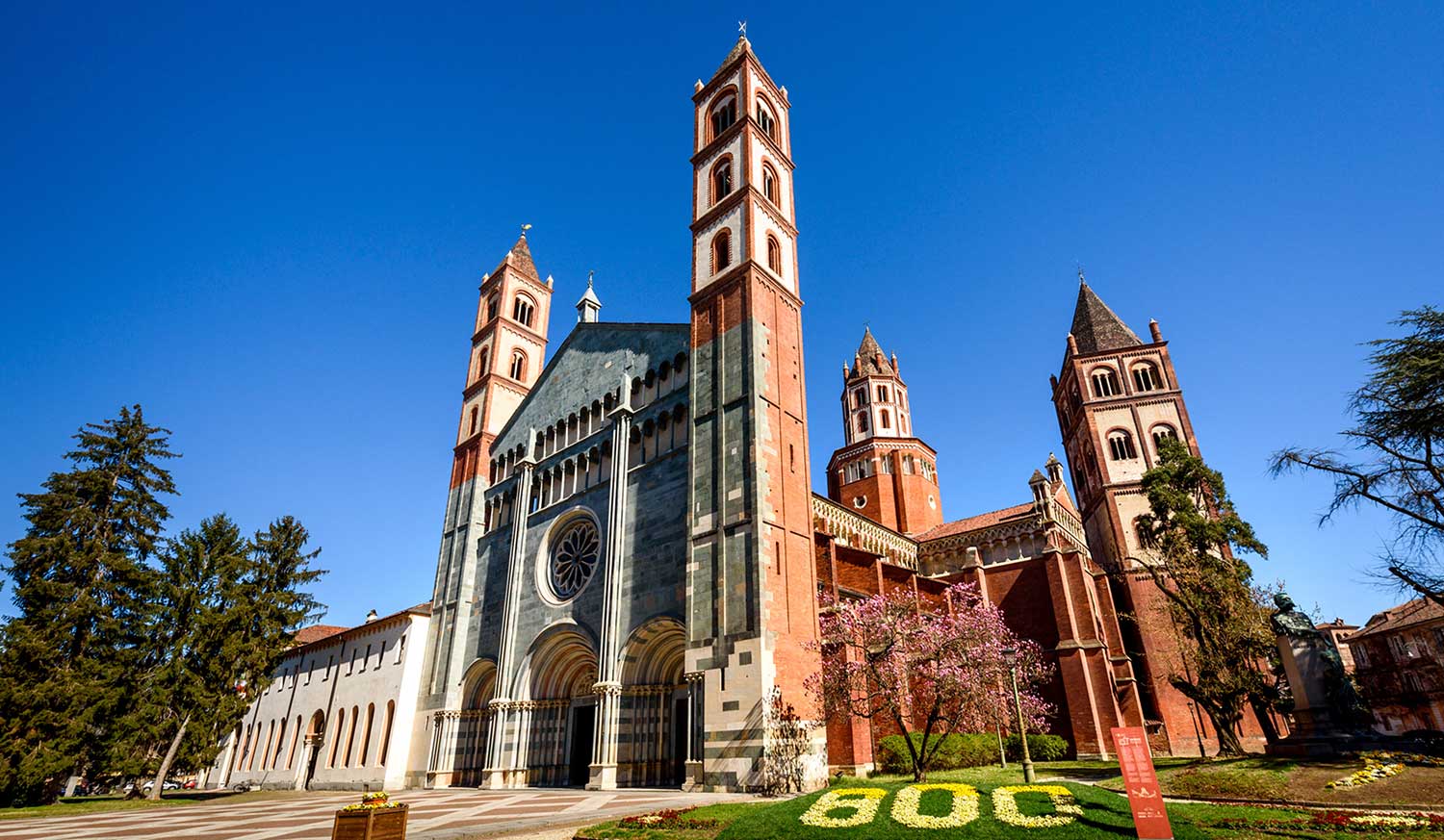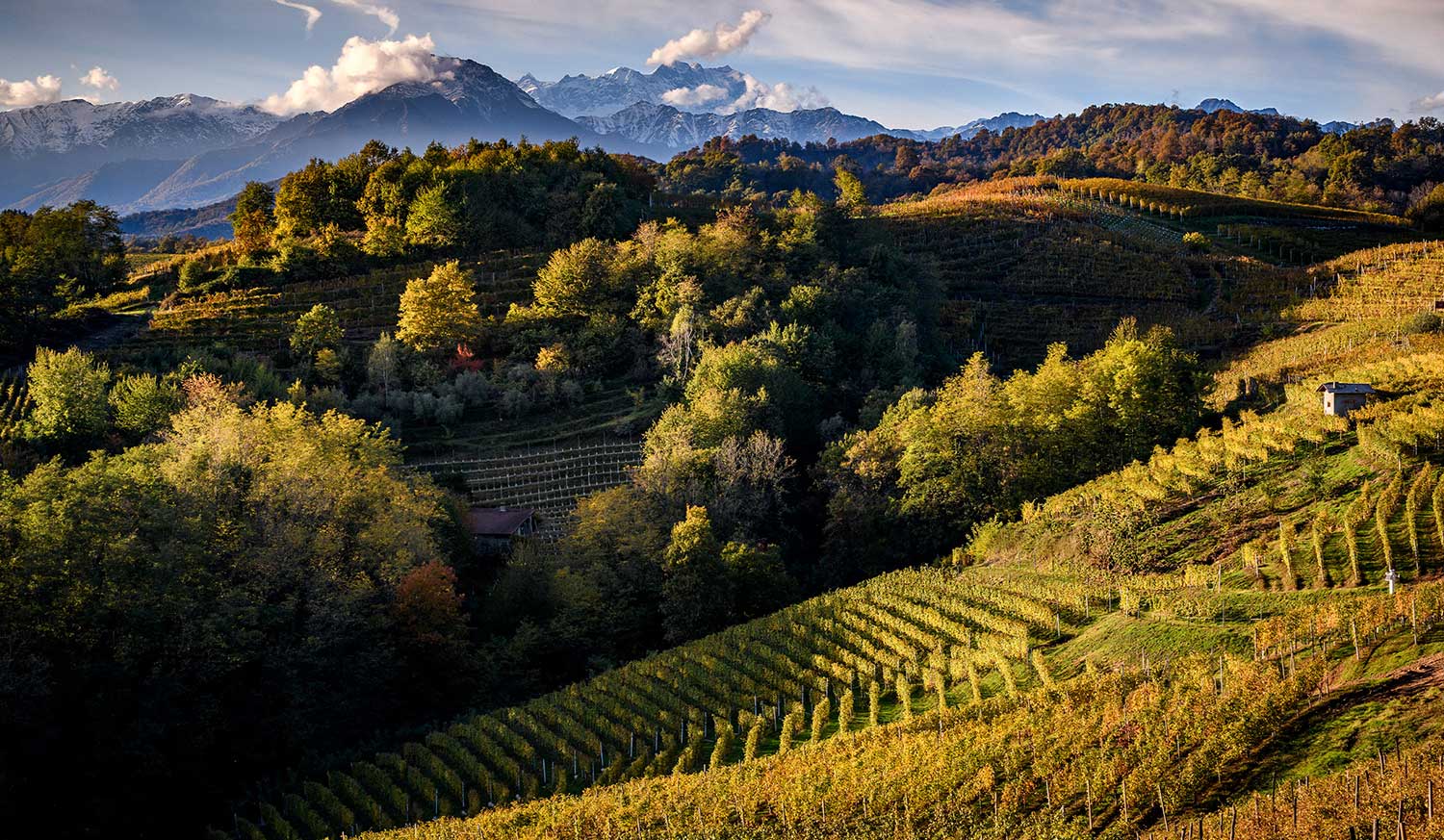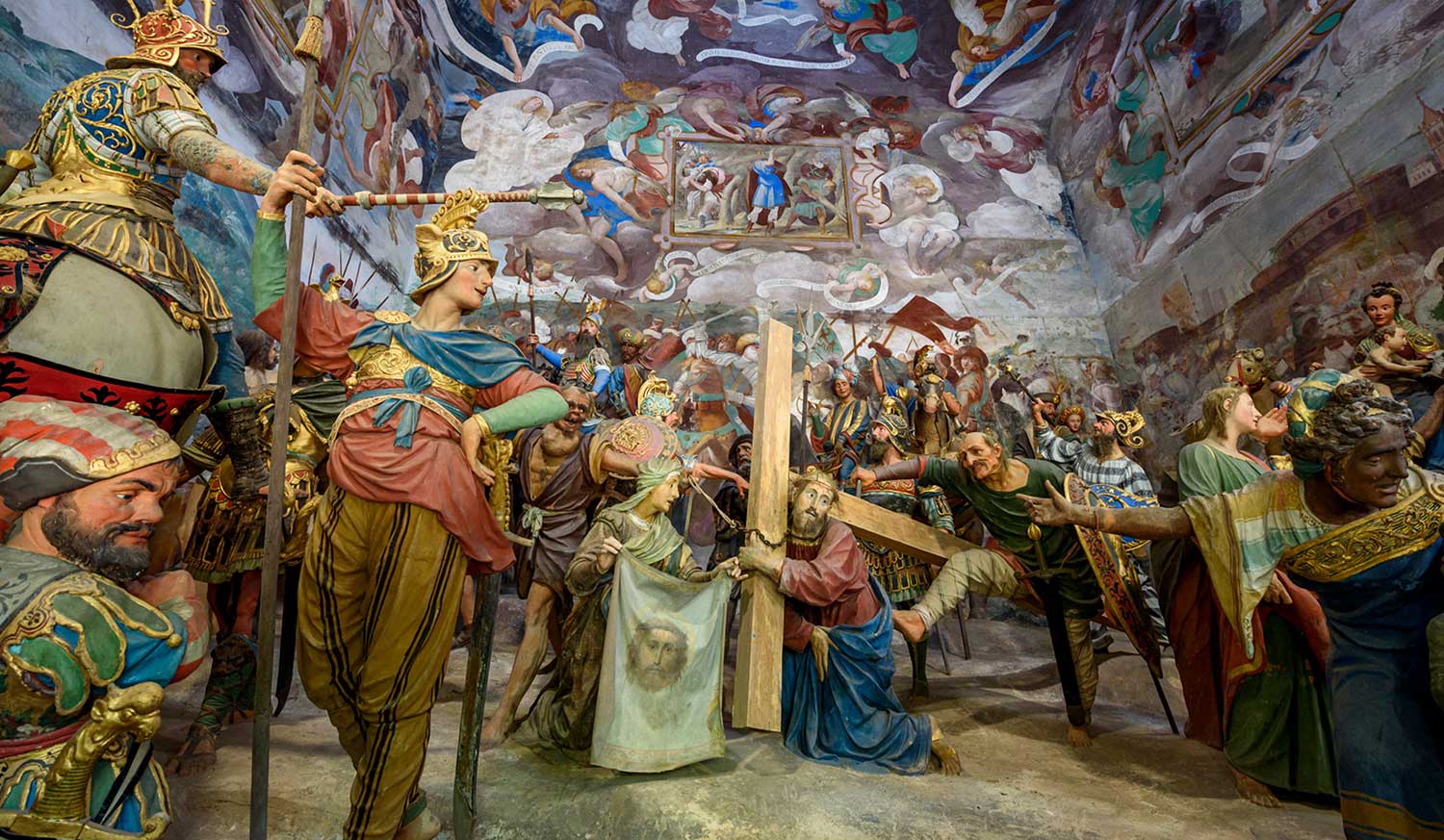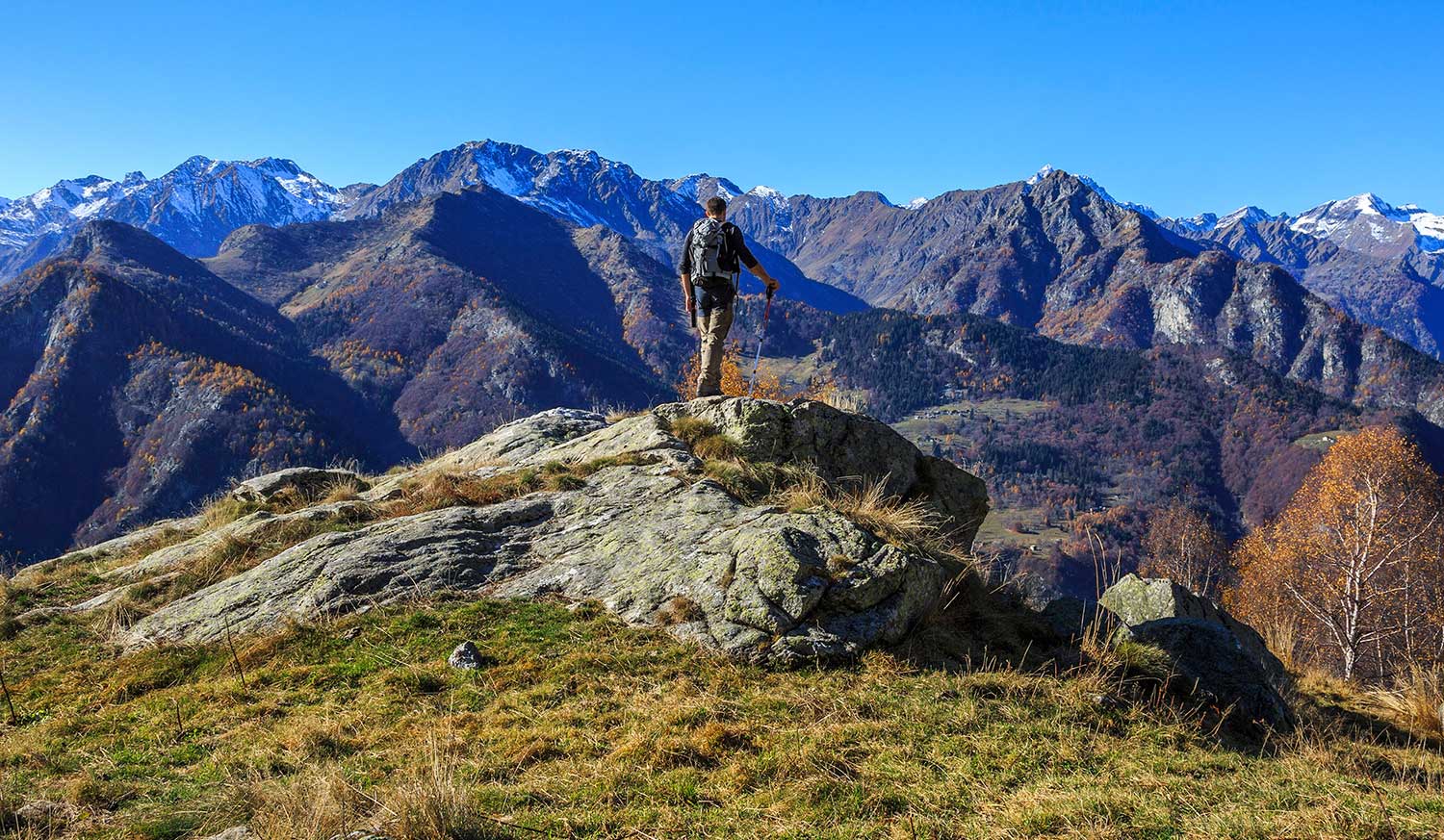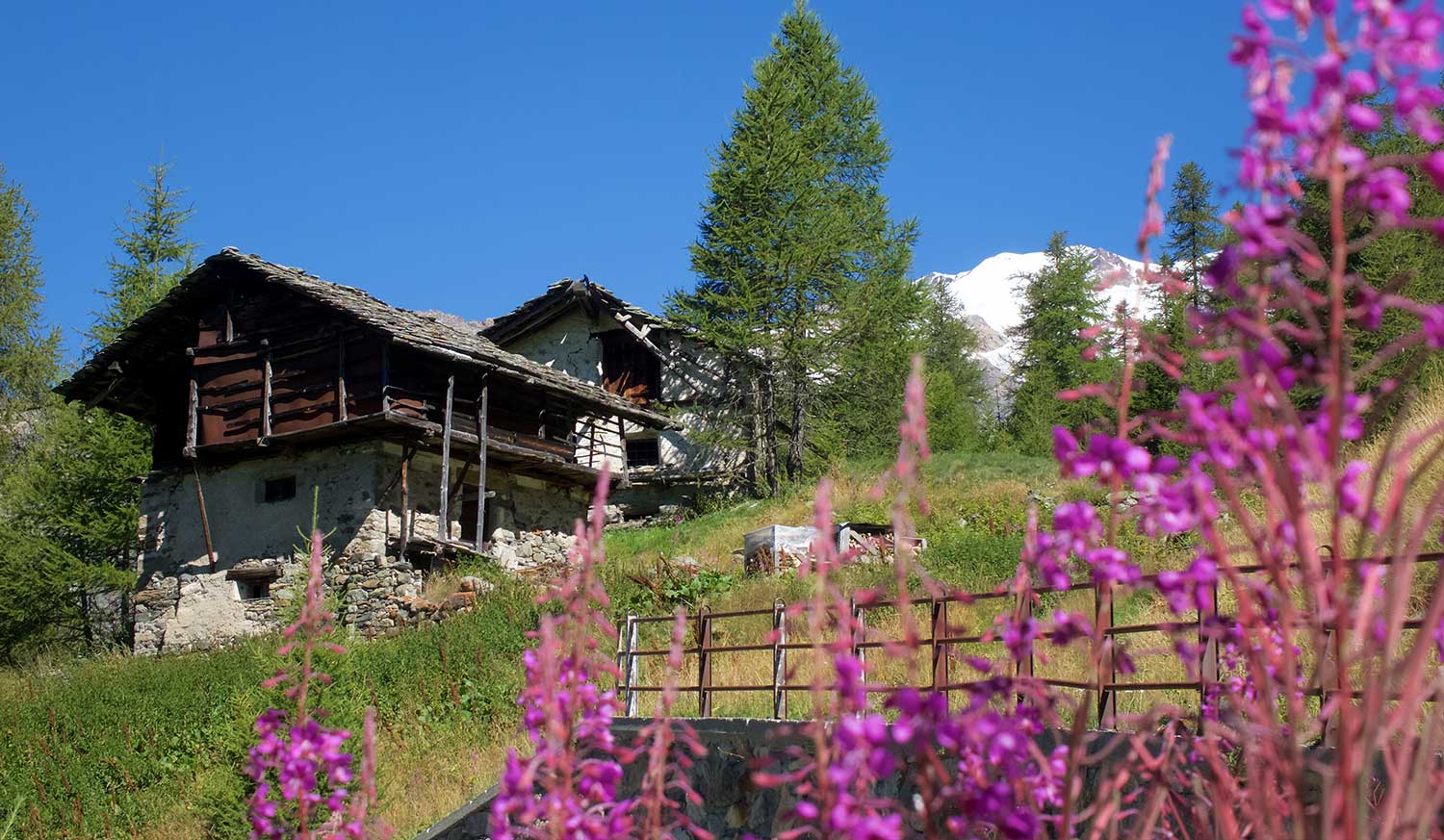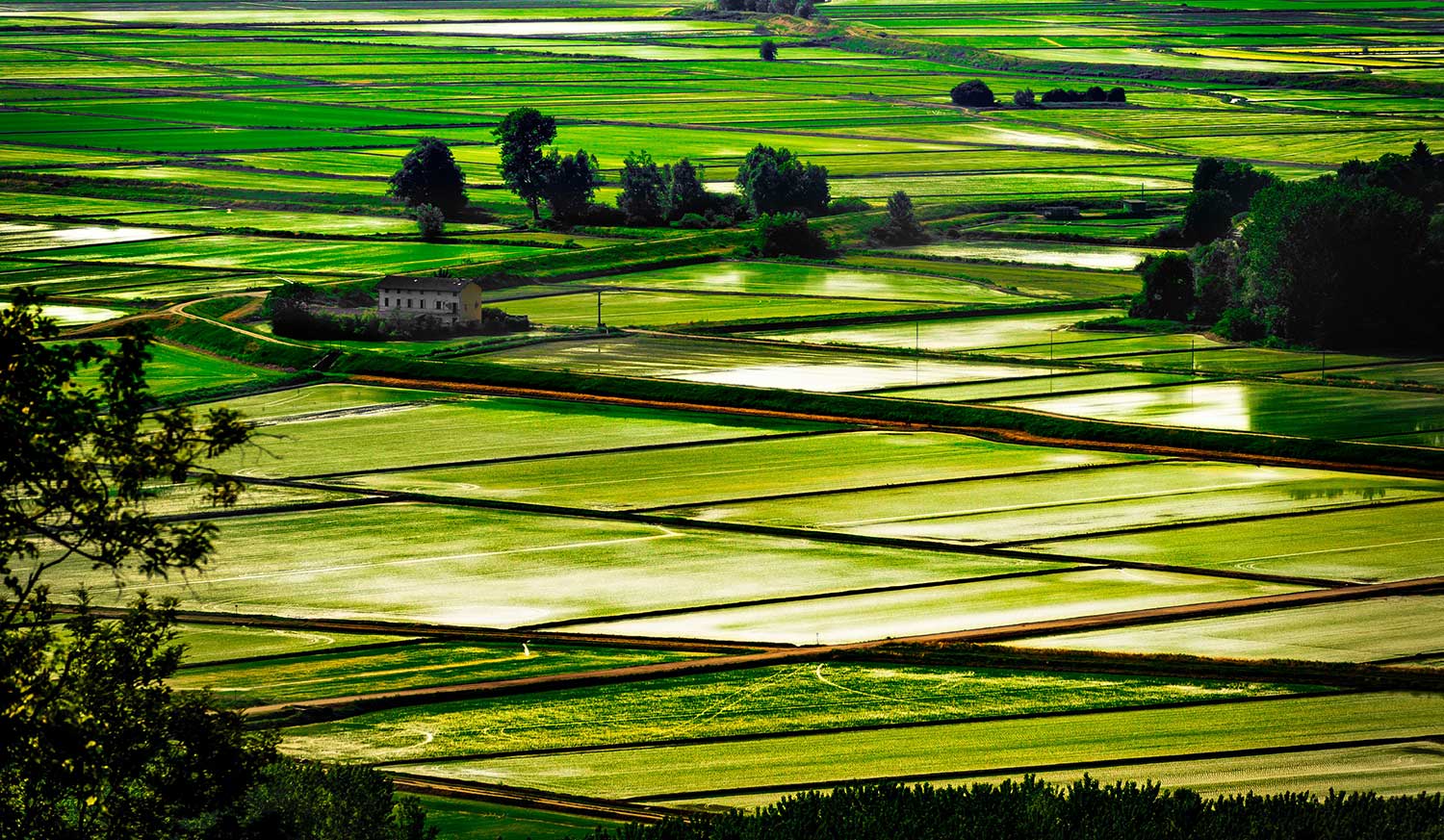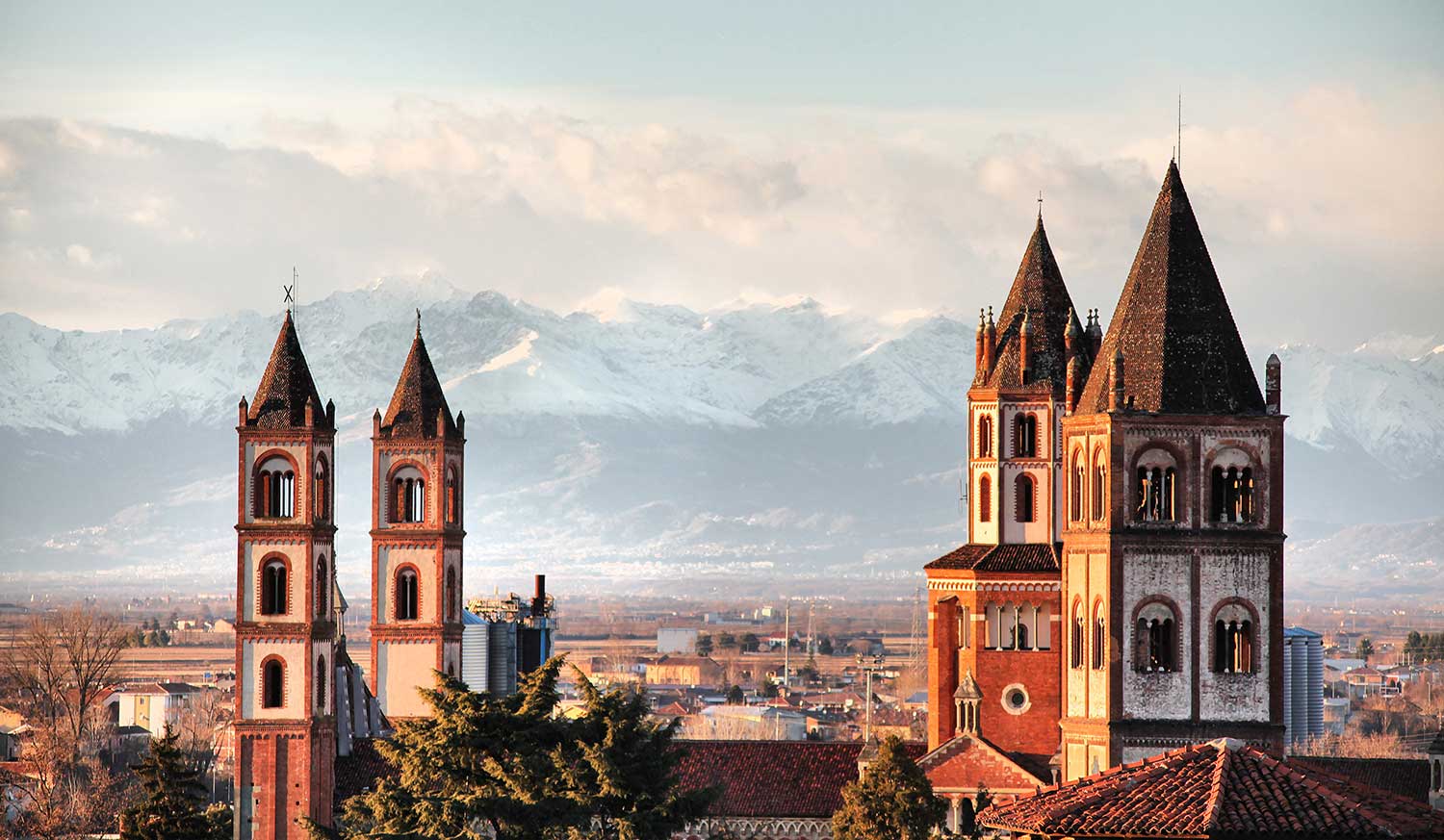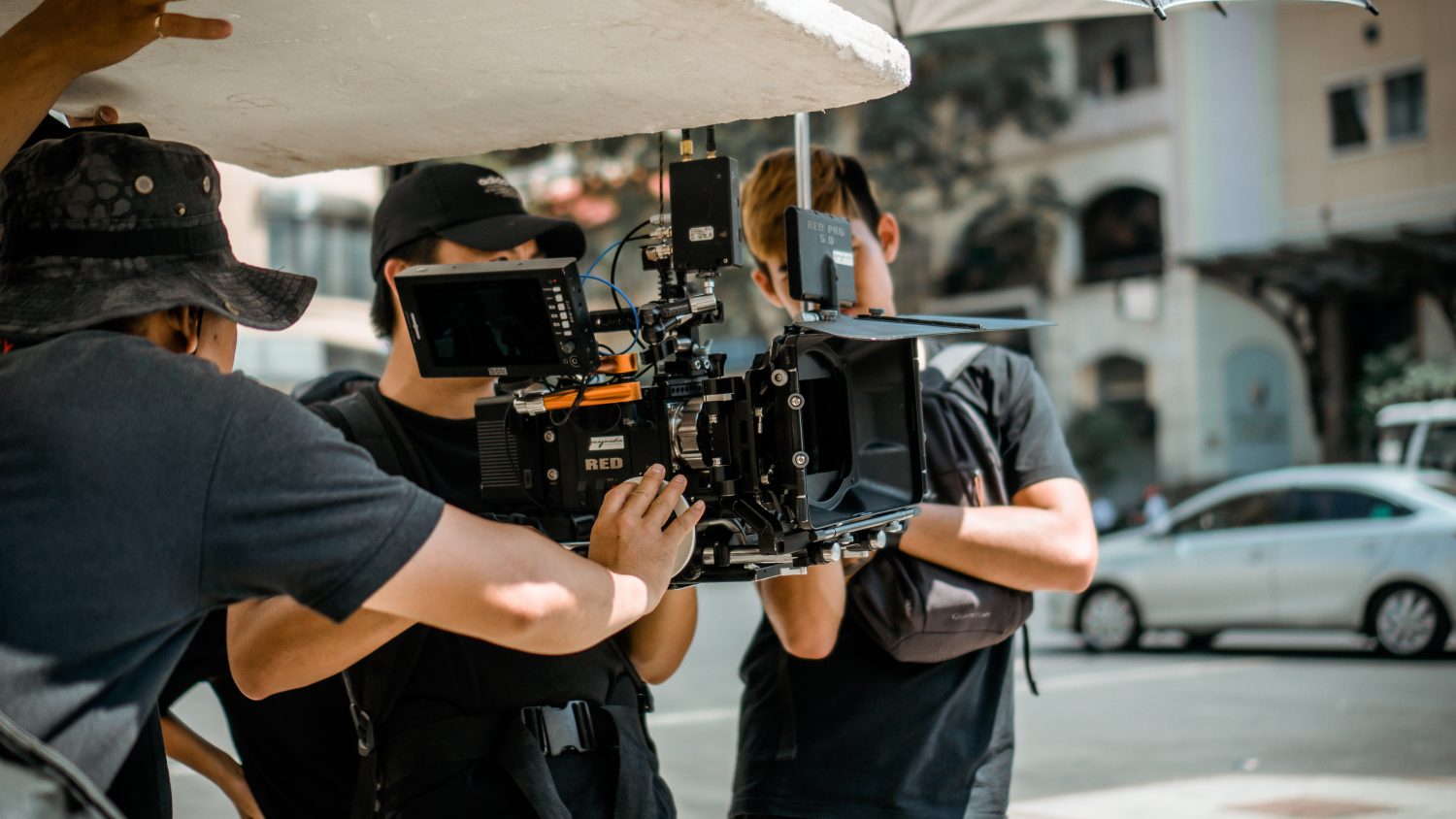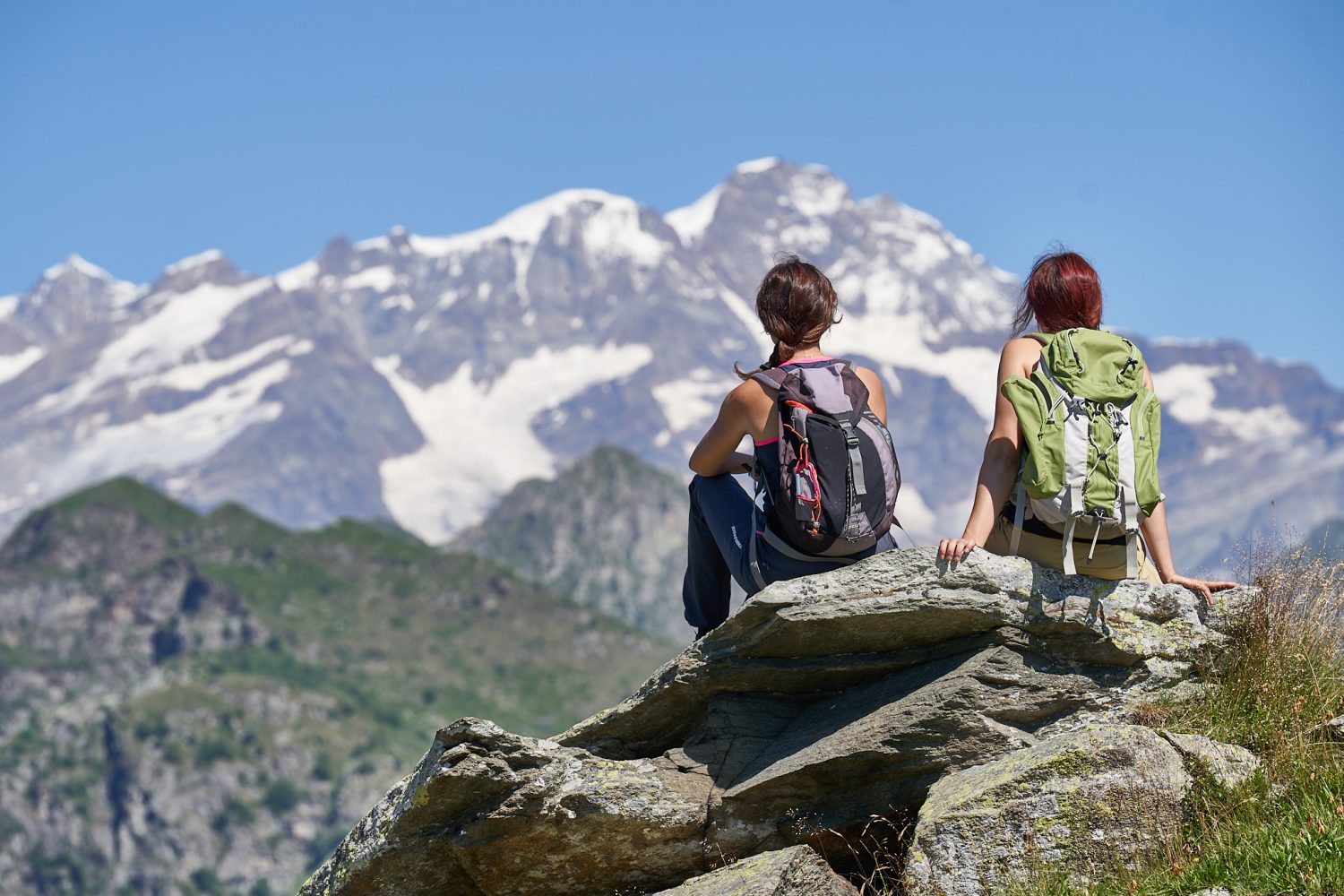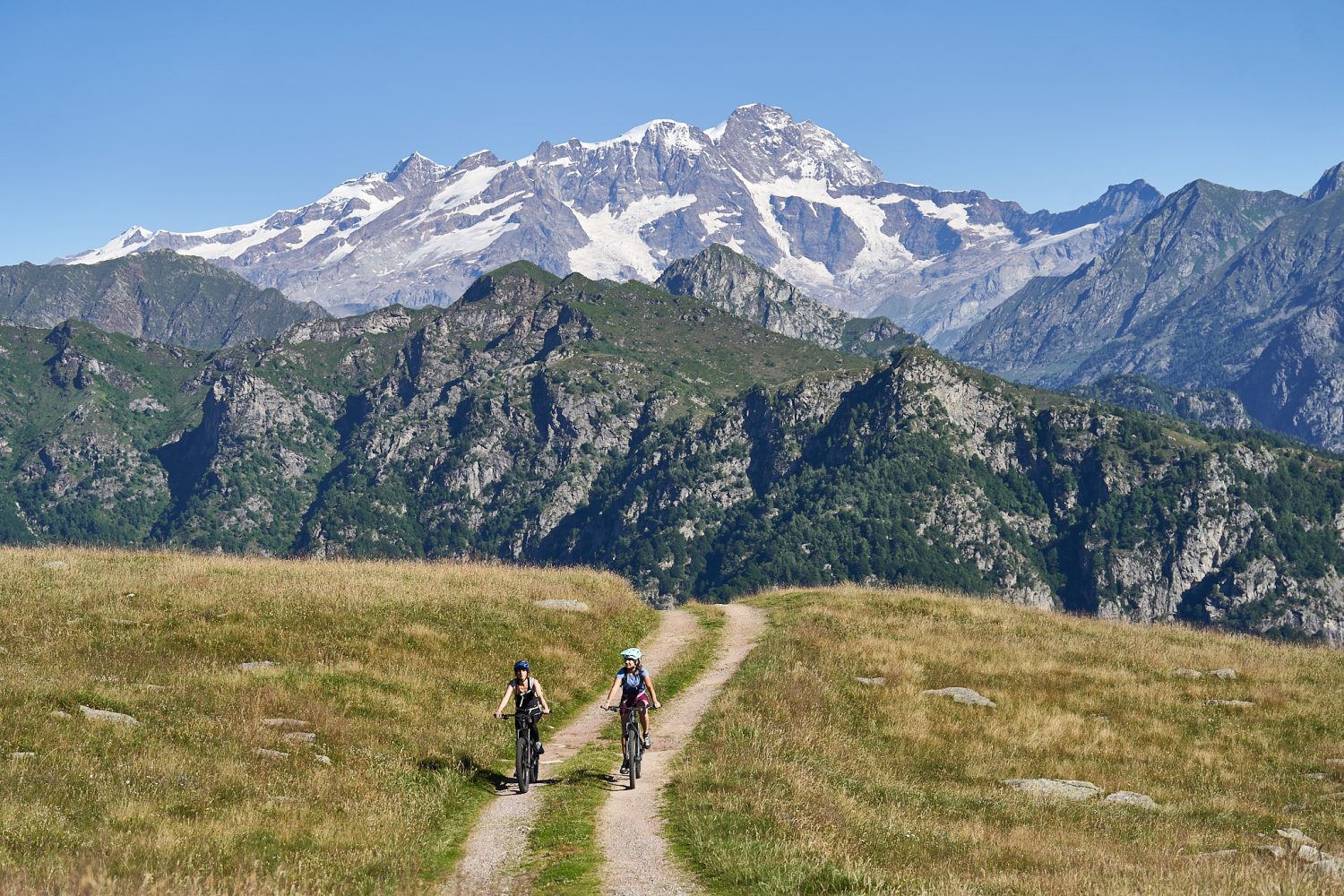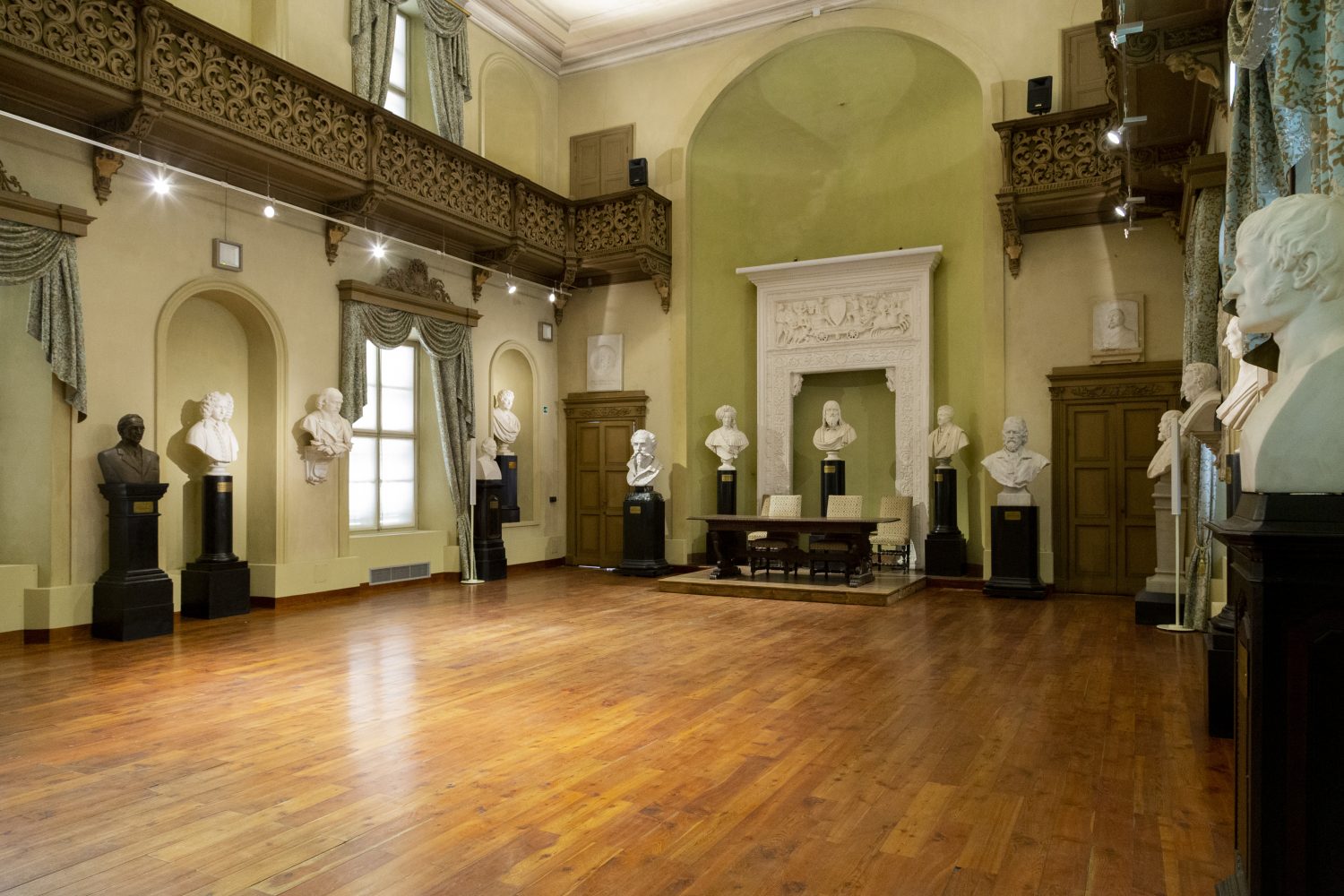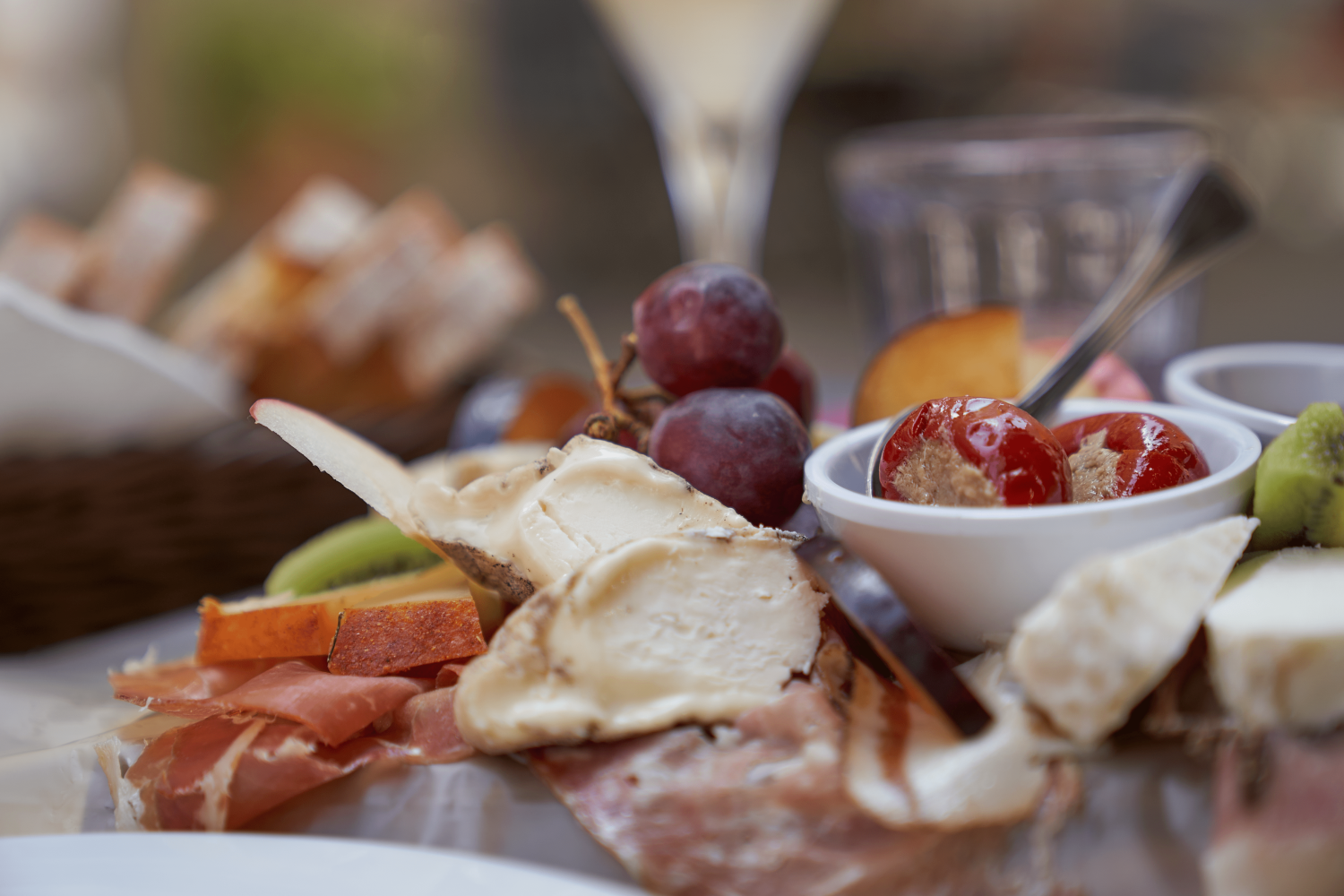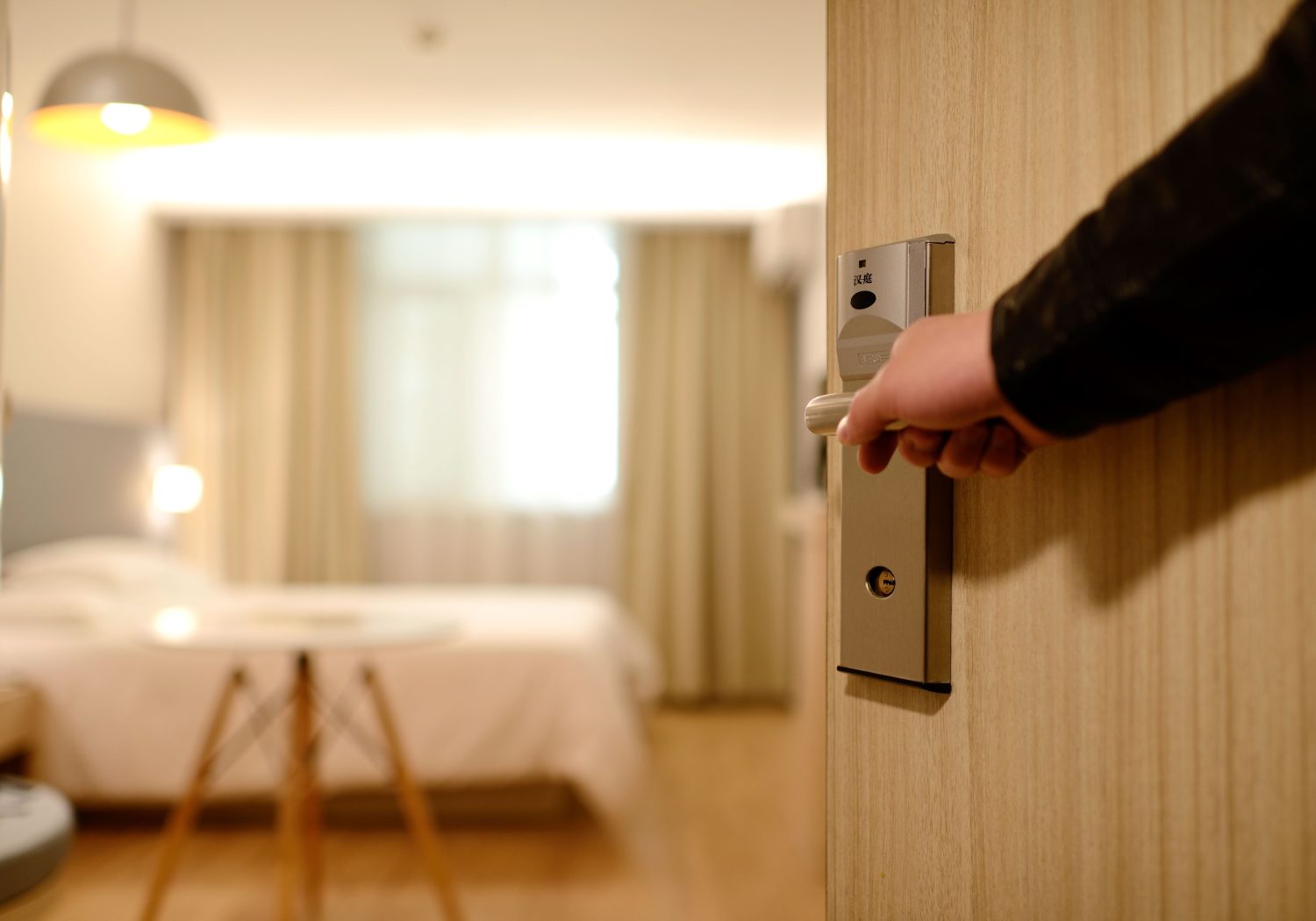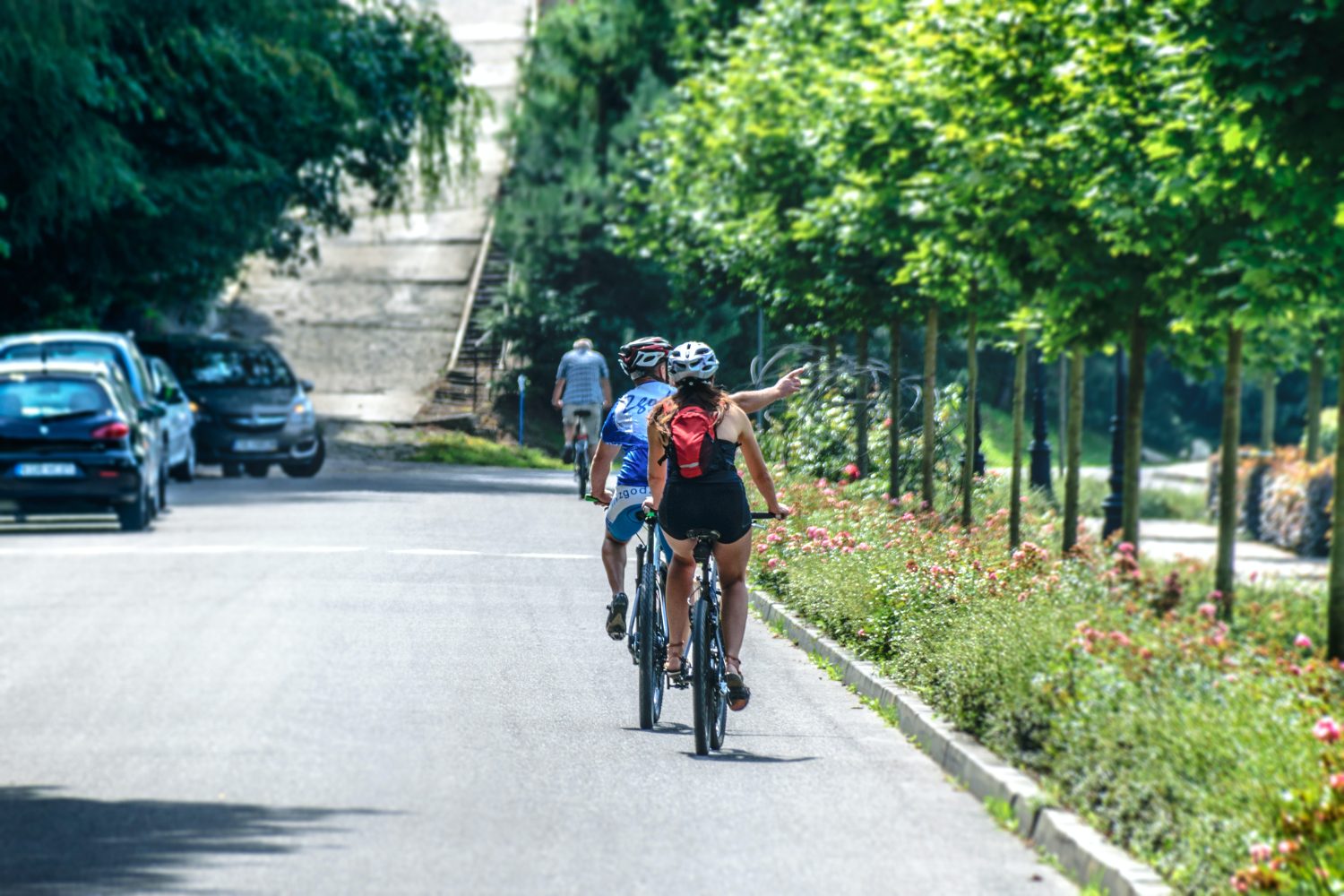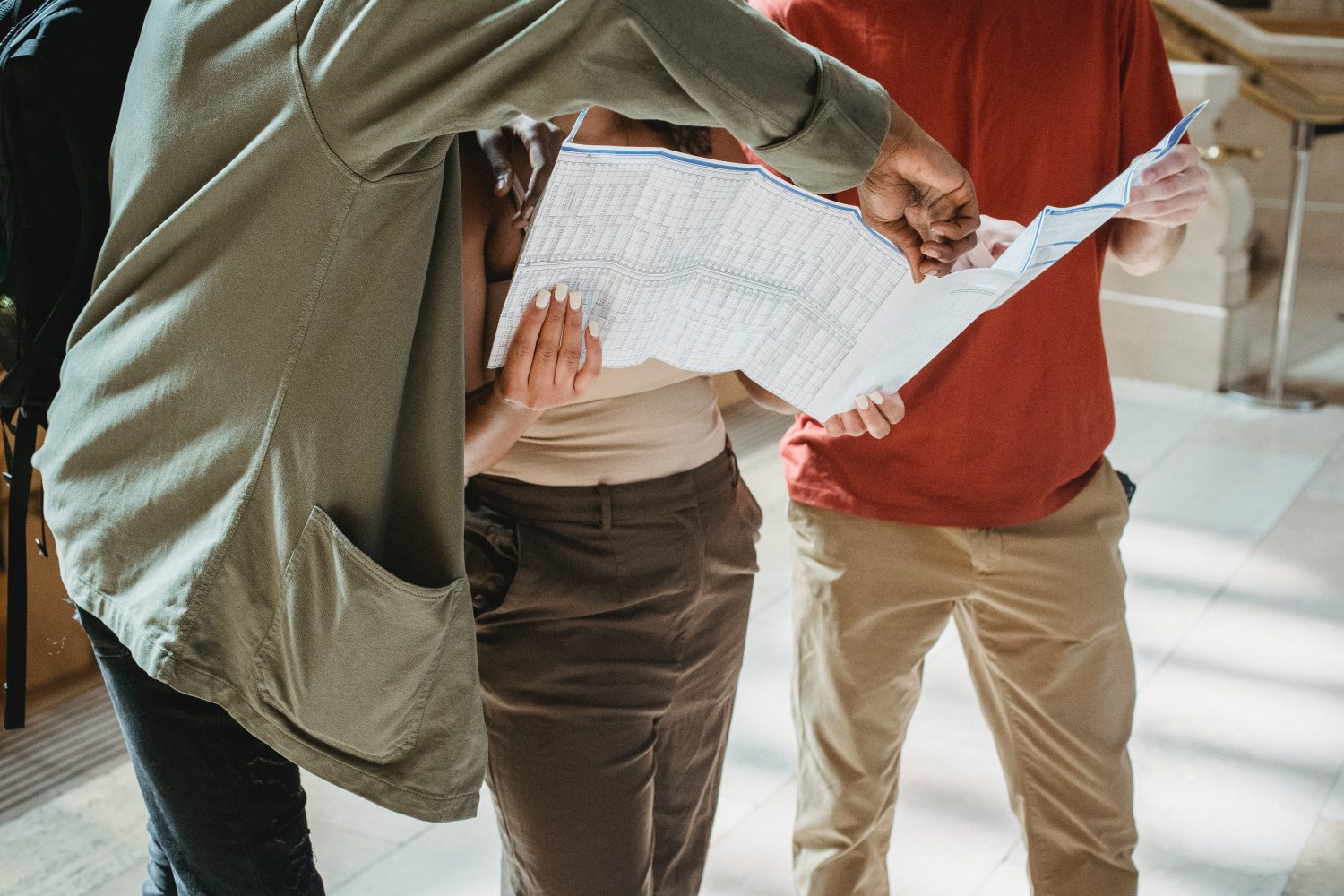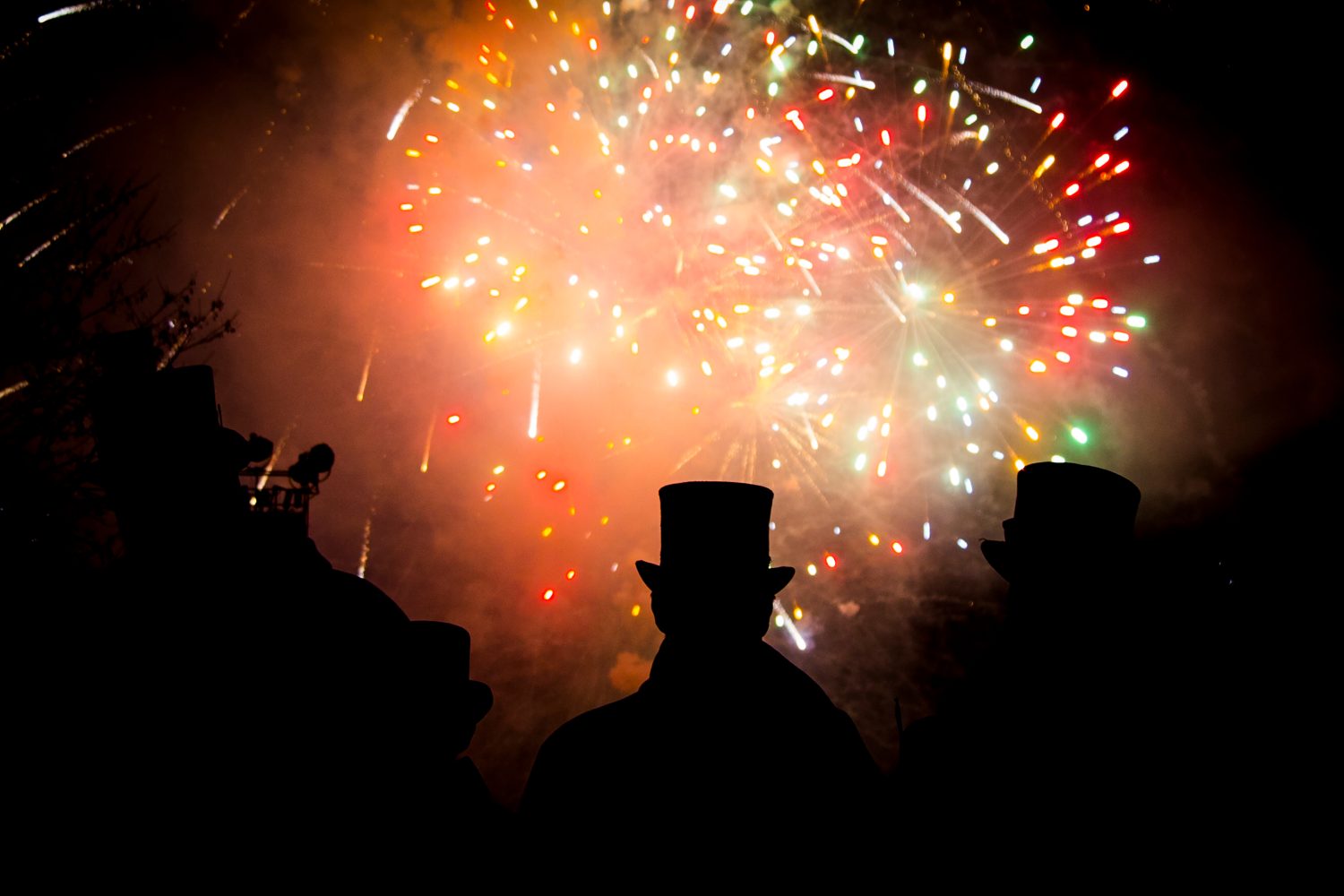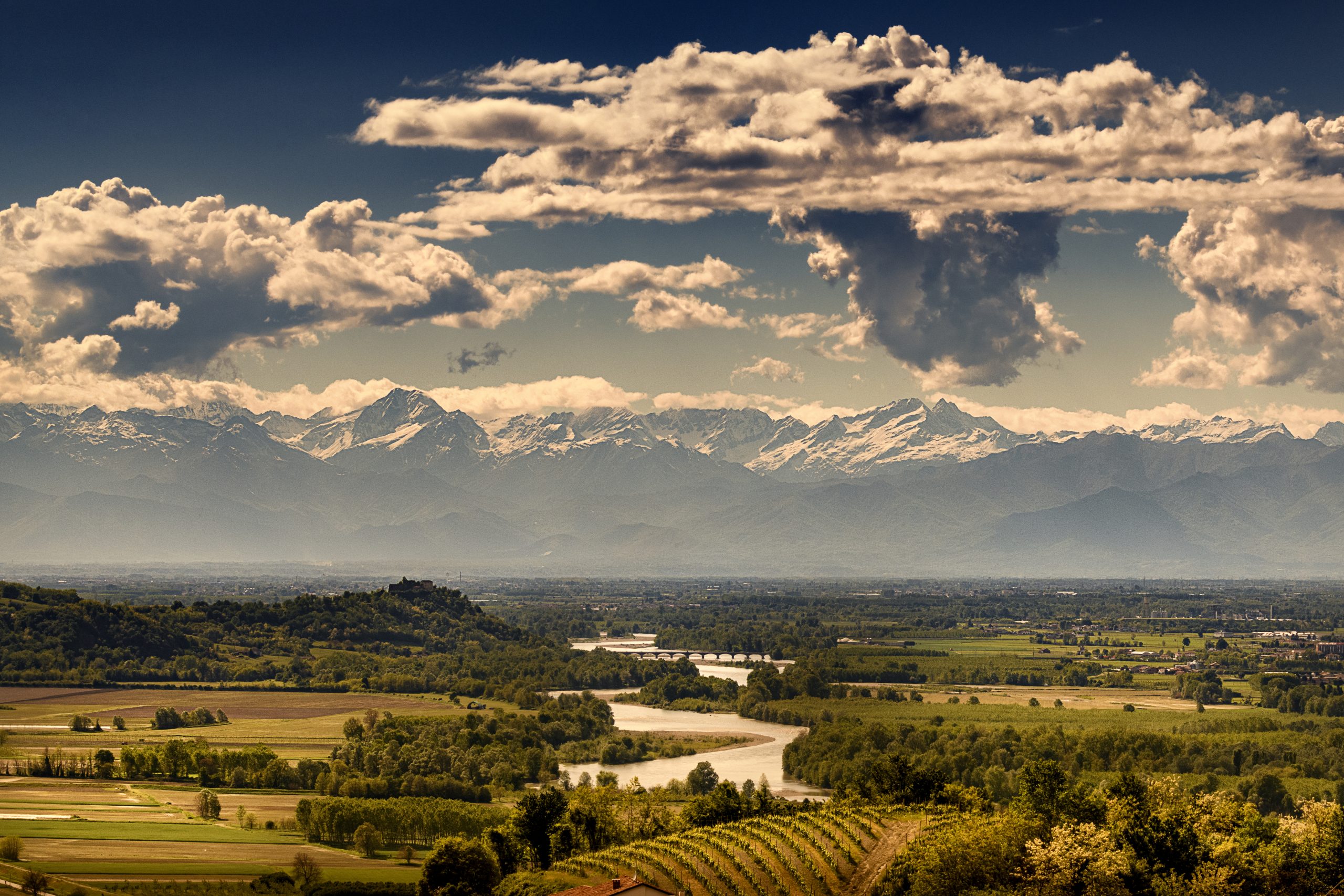
04
Vercelli and the Lands of rice
Ancient farmsteads, ingenious hydraulic works, landscapes offering unique views in every season, locations charged with ancient charm that have a centuries-old link with rice and its traditions: visit us to discover the Lands of Rice in the Vercelli area!
VERCELLI, A CITY OF ART
A city of discreet charm, also known as the “European rice capital”, Vercelli is one of Piedmont’s richest cities in terms of artistic treasures and masterpieces. From the Abbey of St. Andrew, a masterpiece of Gothic-Romanesque architecture, to the precious Gaudentian frescoes in the Church of St. Christopher, and the imposing Cathedral with the adjacent Cathedral Treasure Museum. Vercelli’s invaluable museum heritage also includes the Francesco Borgogna House Museum, the historic Leone Museum and the small and unique Archaeological Museum. The historic centre with its warm and hospitable square Piazza Cavour, medieval towers and noble palaces is the ideal backdrop to savour the most typical products of the Vercelli area: a traditional panissa (risotto) or a bicciolano biscuit. Visiting Vercelli will be a wonderful surprise!
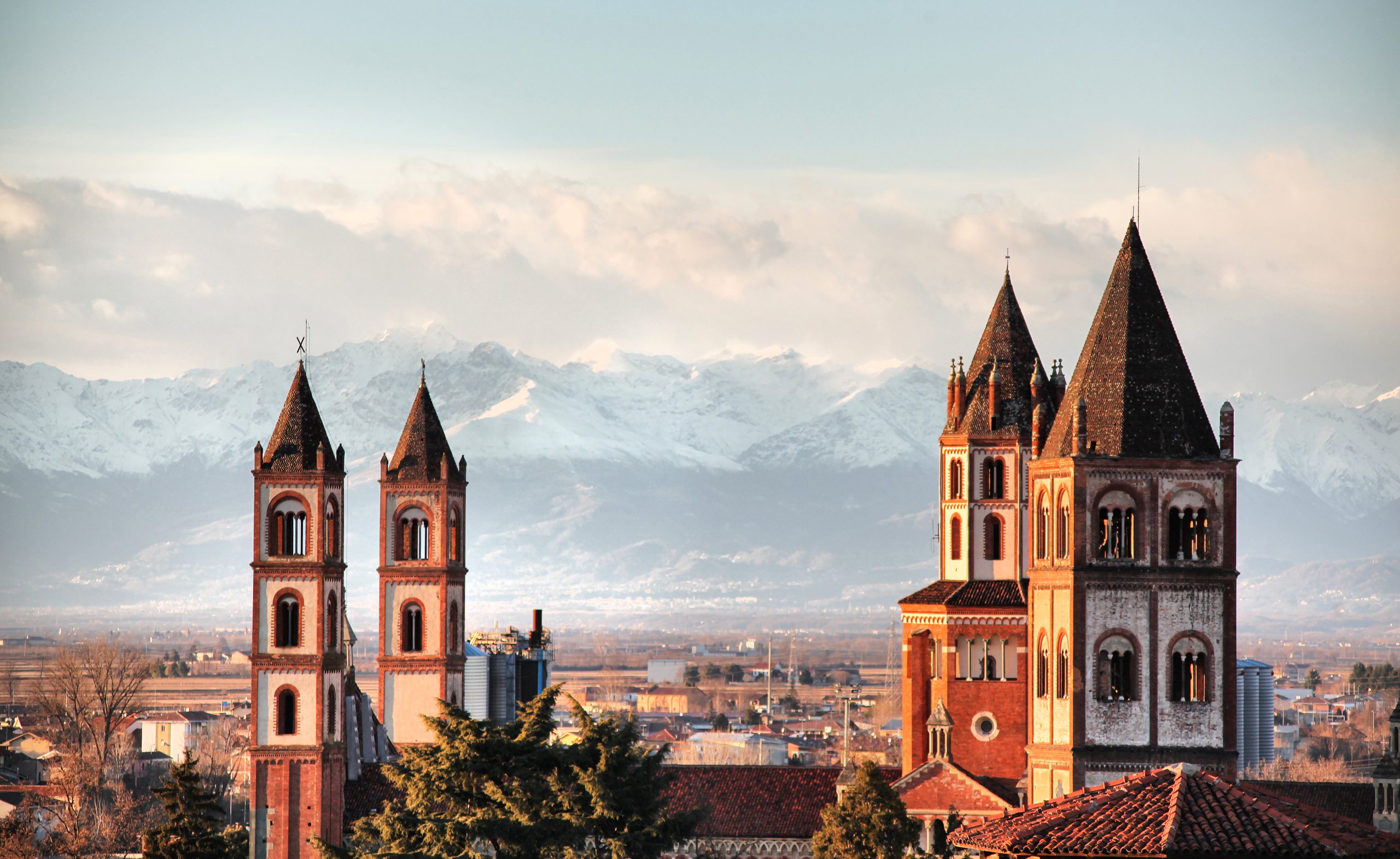
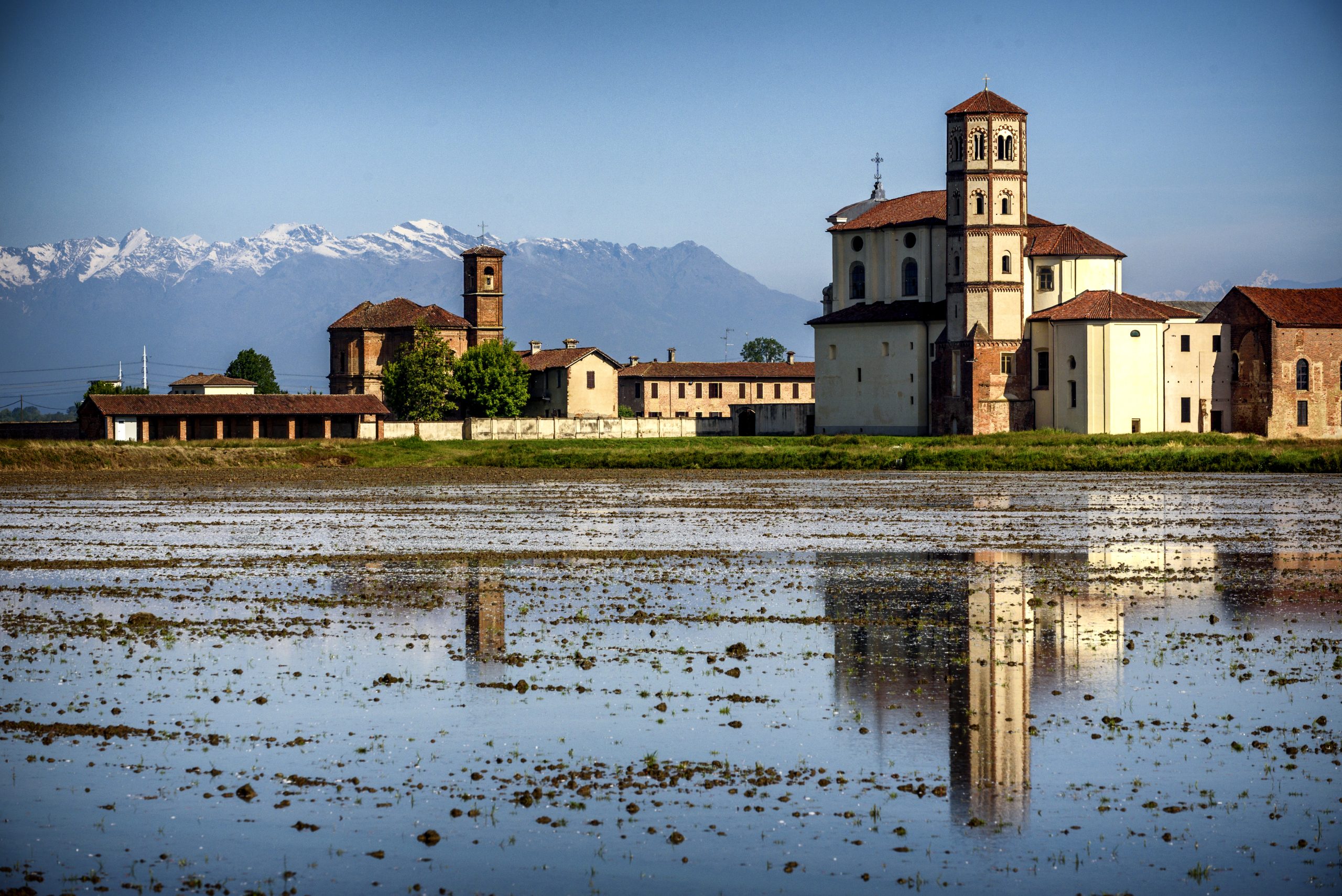
LUCEDIO, THE GRANGE AND THE PARTECIPANZA WOODle
In the Vercelli area, in the 14th century, the Cistercian monks introduced rice cultivation in the area between Trino, Crescentino and Larizzate. Hence the creation of the Grange, ancient residential units and agricultural centres where the ‘conversi’ (lay brothers) reclaimed the Po Valley and turned flatland forest into farmland. The last remnant of such forests can be found in the Sorti della Partecipanza Wood in Trino. The Grange established in the Vercelli plain have their centre in the Abbey of S. Maria di Lucedio. Converted over the centuries into modern farms, the Grange are, to date, rice production centre where one can learn about the past and present of rice cultivation.
OLD FARMSTEADS, IRRIGATION CANALS AND THE CHECKERED SEA
The history of rice cultivation is necessarily linked with water, which is plentiful in these lands featuring great rivers and rushing torrents, besides ingenious hydraulic works built to convey water directly to the cultivated fields. This complex system of irrigation canals in which the Cavour Canal stands out creates a landscape of rice-growing lands that is especially charming in spring, when the flooded rice fields offer an idyllic view known as the “checkered sea”. The rice fields turn into a chess board of mirrors reflecting the sky and clouds, where ancient farmsteads seem to rise from the water like small islands.
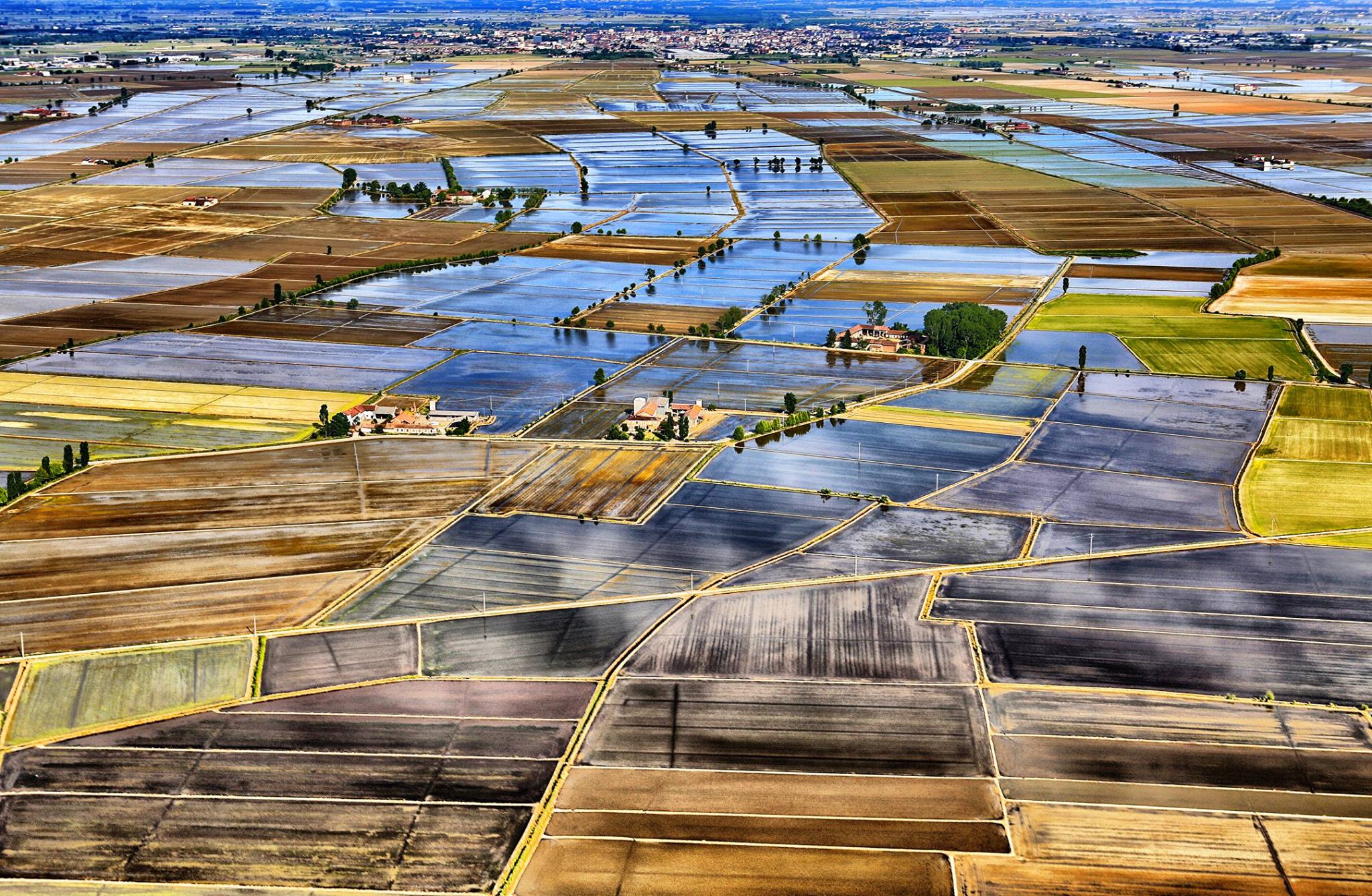
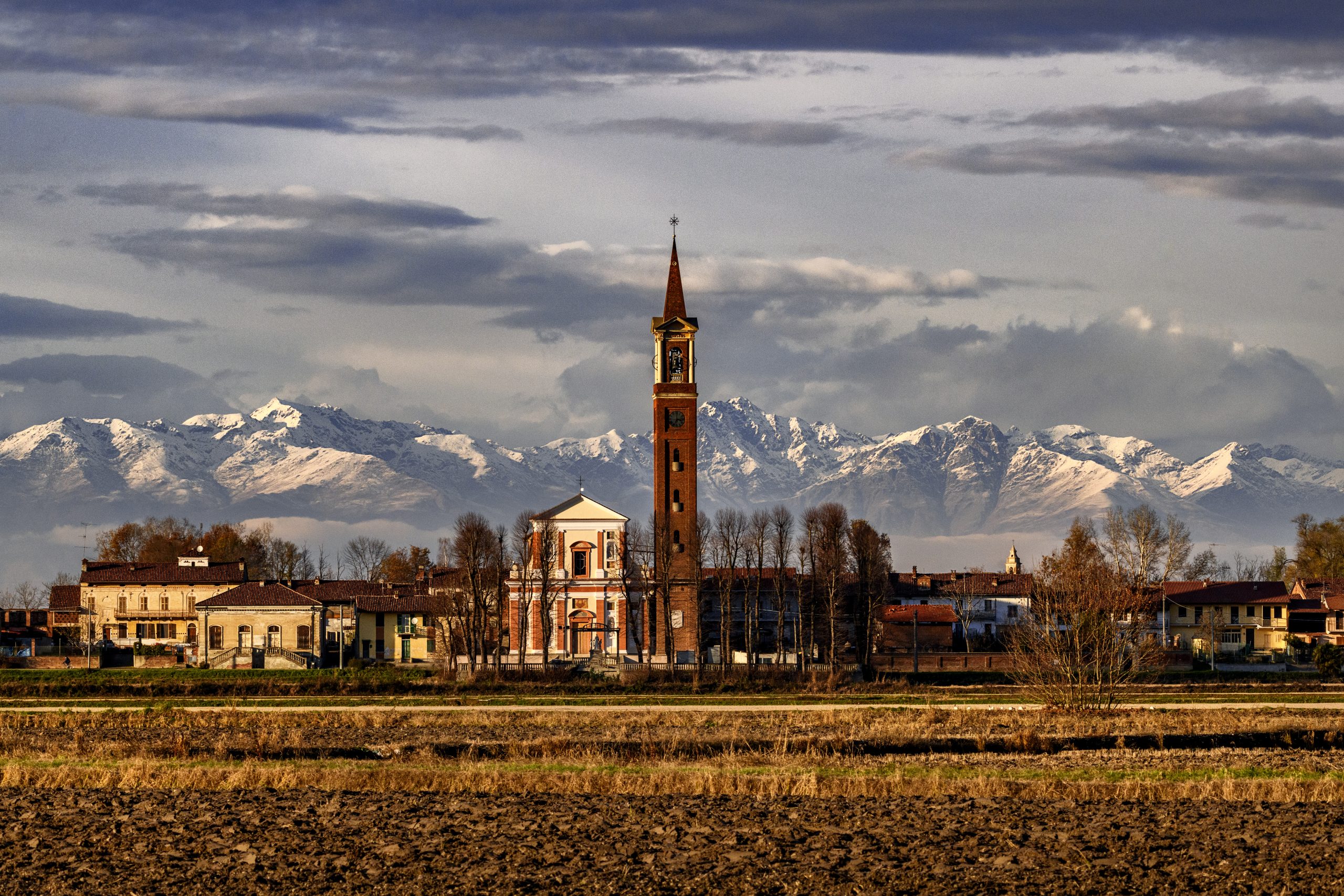
VILLAGES IN THE LANDS OF RICE
The villages disseminated in Vercelli’s rice lands present an ancient charm, places where one can relax, savour traditional dishes, and enjoy authentic experiences in contact with nature. Such examples include Trino, an ancient feud of the Paleologi family that retains extensive evidence of an ancient and important past; Livorno Ferraris, the birthplace of the famous physicist Galileo Ferraris, to whom a museum has been dedicated; and Saluggia, where the namesake bean is cultivated, a product of excellence much sought after for the panissa, the most typical of Vercelli’s risottos. The villages of the Lands of Rice are wrapped in an ancient atmosphere to be slowly discovered and calmly “savoured”.
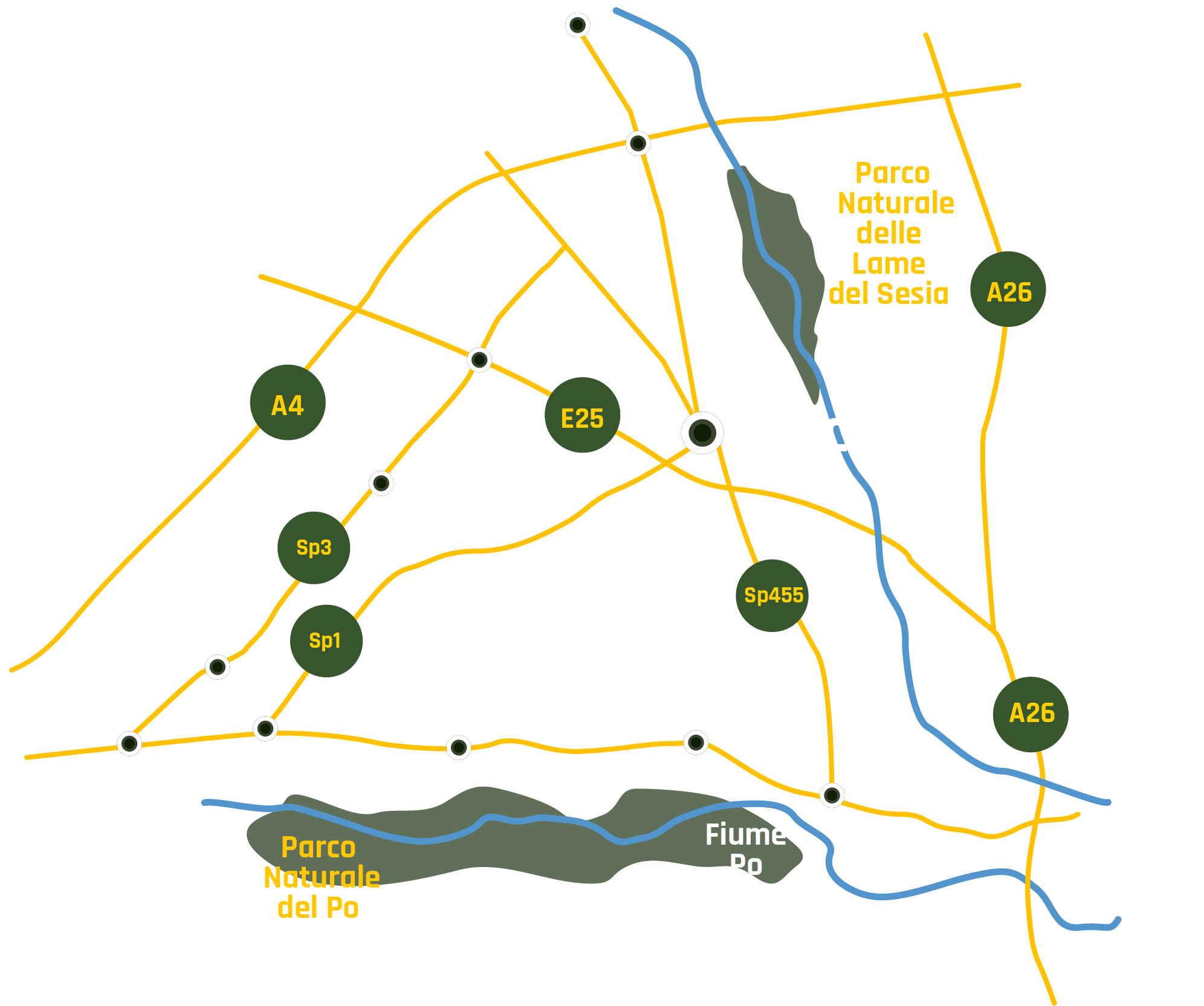
HOW TO GET TO VERCELLI AND THE LANDS OF RICE
BY HIGHWAY
A4 Turin-Milan A26 junction at Santhià, direction Alessandria. Exit at Vercelli West.
A26 Genoa-Gravellona Toce, E25 junction, direction Santhià- Turin. Exit at Vercelli West.
BY BUS
Daily bus services link Vercelli with the municipalities of the lands of rice. Directions to get to the Vercelli area.
BY TRAIN
Saluggia, Livorno Ferraris and Tronzano V.se are located on the Milan-Turin railway line.
highlights and must-see places
Art and culture, enchanting landscapes, ancient traditions, and excellent food and wine.
Plan your holiday
Where to eat, where to sleep, how to get around: plan your trip to Valsesia and Vercelli!
